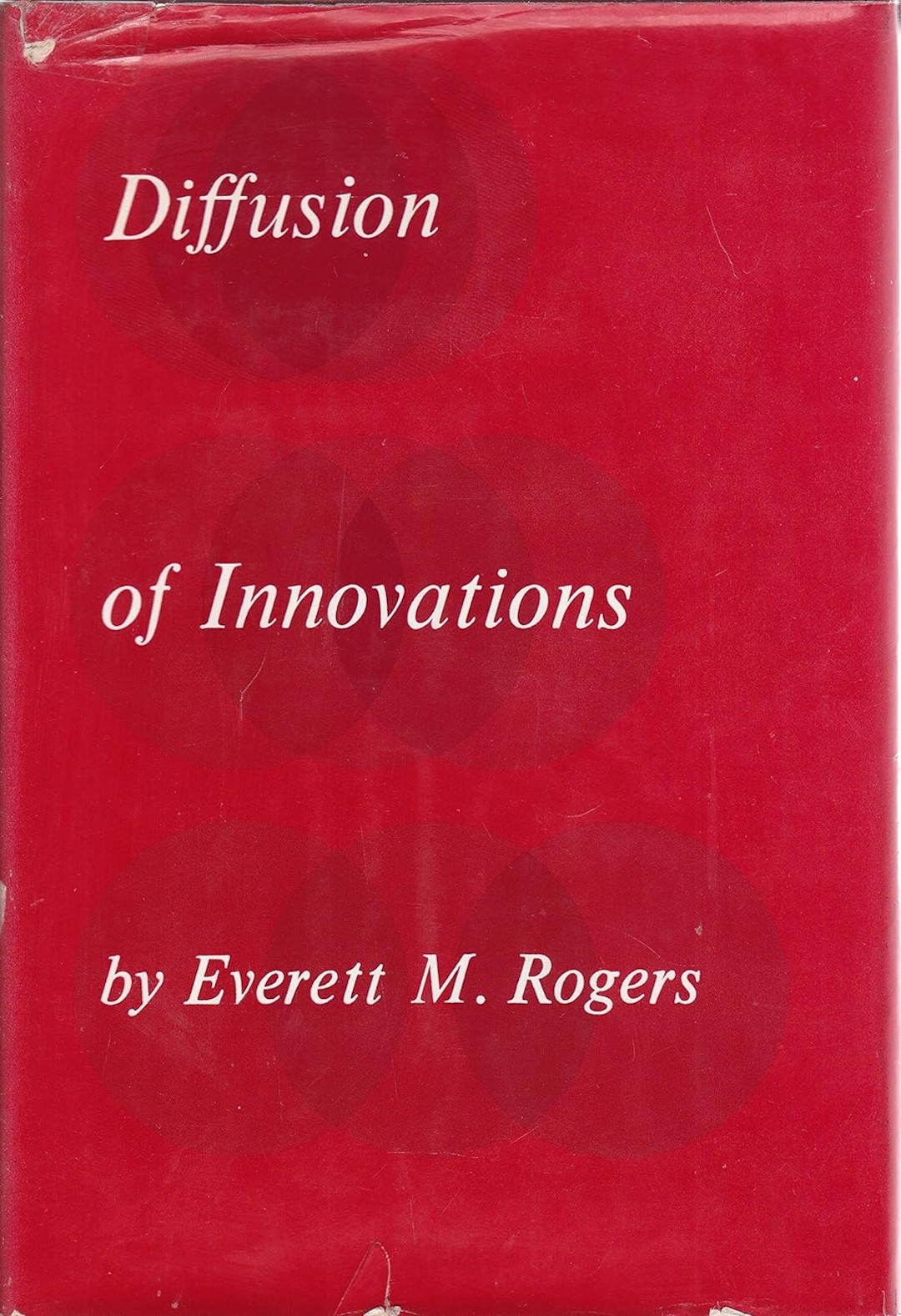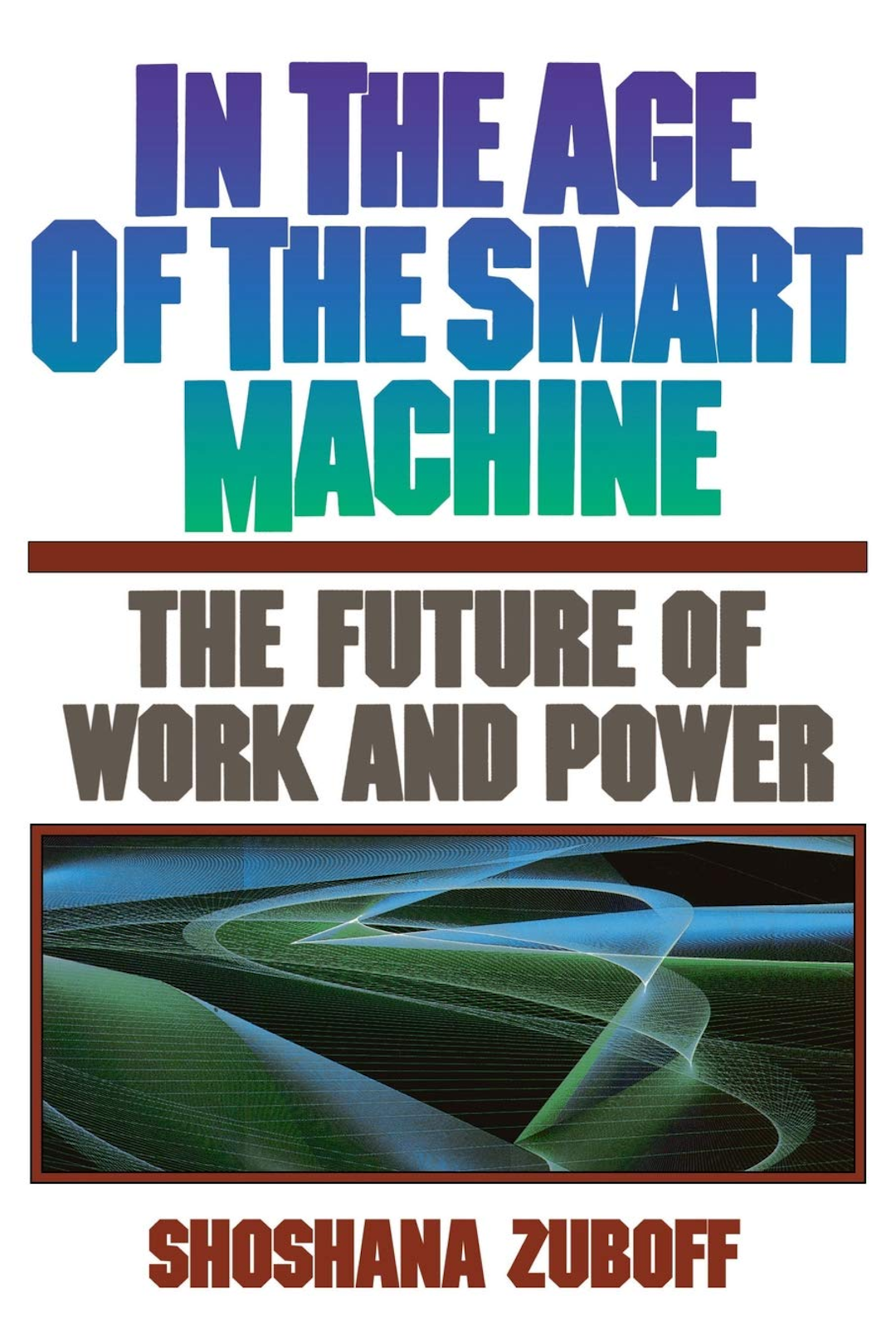01 - Roots and evolution of HCI
Evolution /
Why Did HCI Embrace the Cognitive Perspective?
The pivotal "cognitive turn" in HCI emerged in the 1980s when designers realized the necessity of aligning technology to the human mind's inner workings. This shift celebrated a renaissance towards interfaces and systems that mirrored users' mental models rather than solely focus on functionality. Seminal figures like Donald Norman explored cognitive psychology perspectives, conceiving new principles for design centered around naturalness, visibility, mapping, consistency and constraints. Researchers built cognitive models to simulate and predict human perceptual and problem-solving behaviors during interactions. The deepening insight into mental processes fueled continual innovation in interaction approaches. As the cognitive view permeated the field, it edged HCI closer toward the visionary goal of creating experiences feeling like extensions of ourselves—intuitive, seamless, and human. It transformed static tools into adaptive partners by unlocking design that resonates with our innate cognitive abilities and proclivities. Understanding the profound interplay between mind and machine remains an ongoing quest at the heart of HCI.
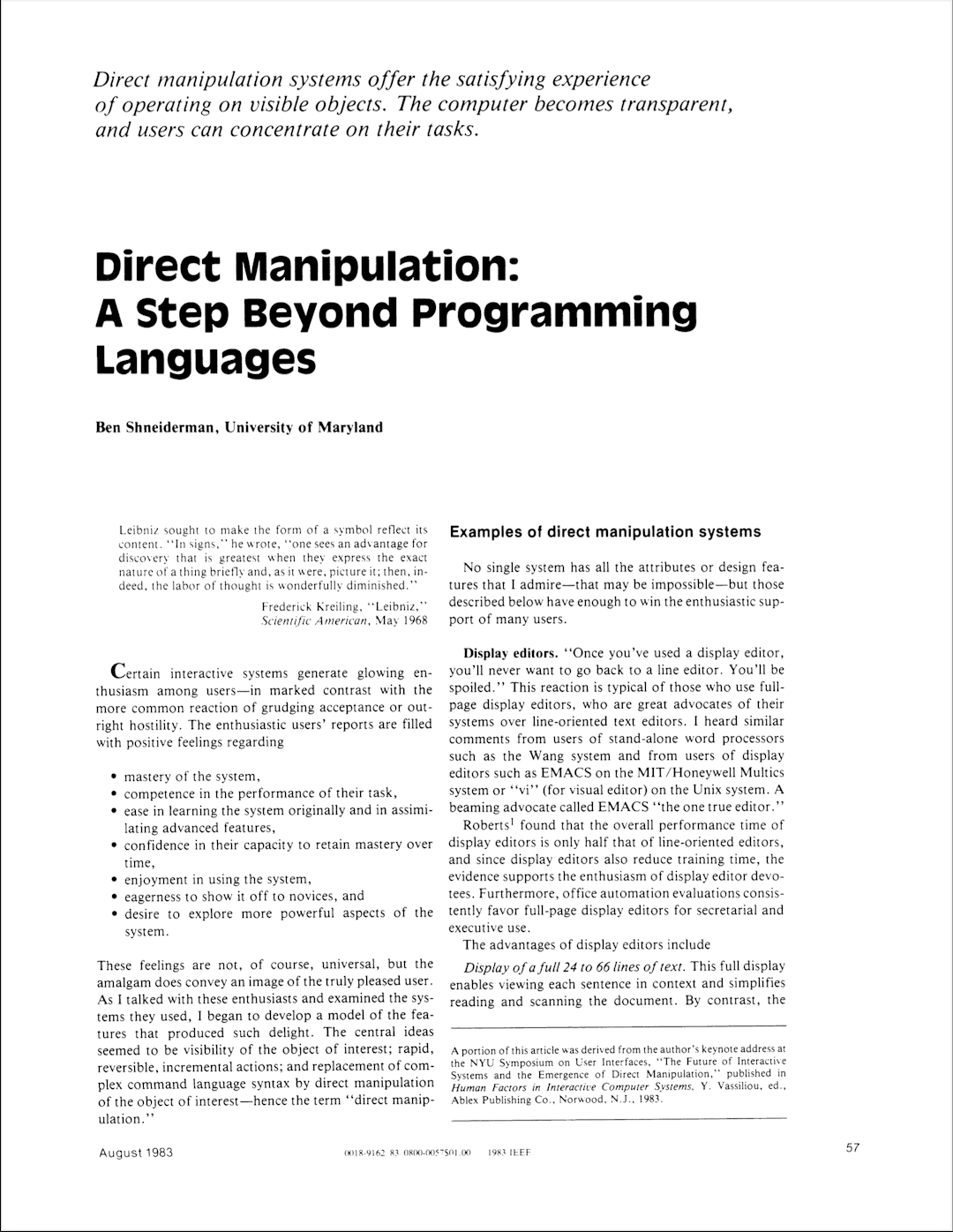

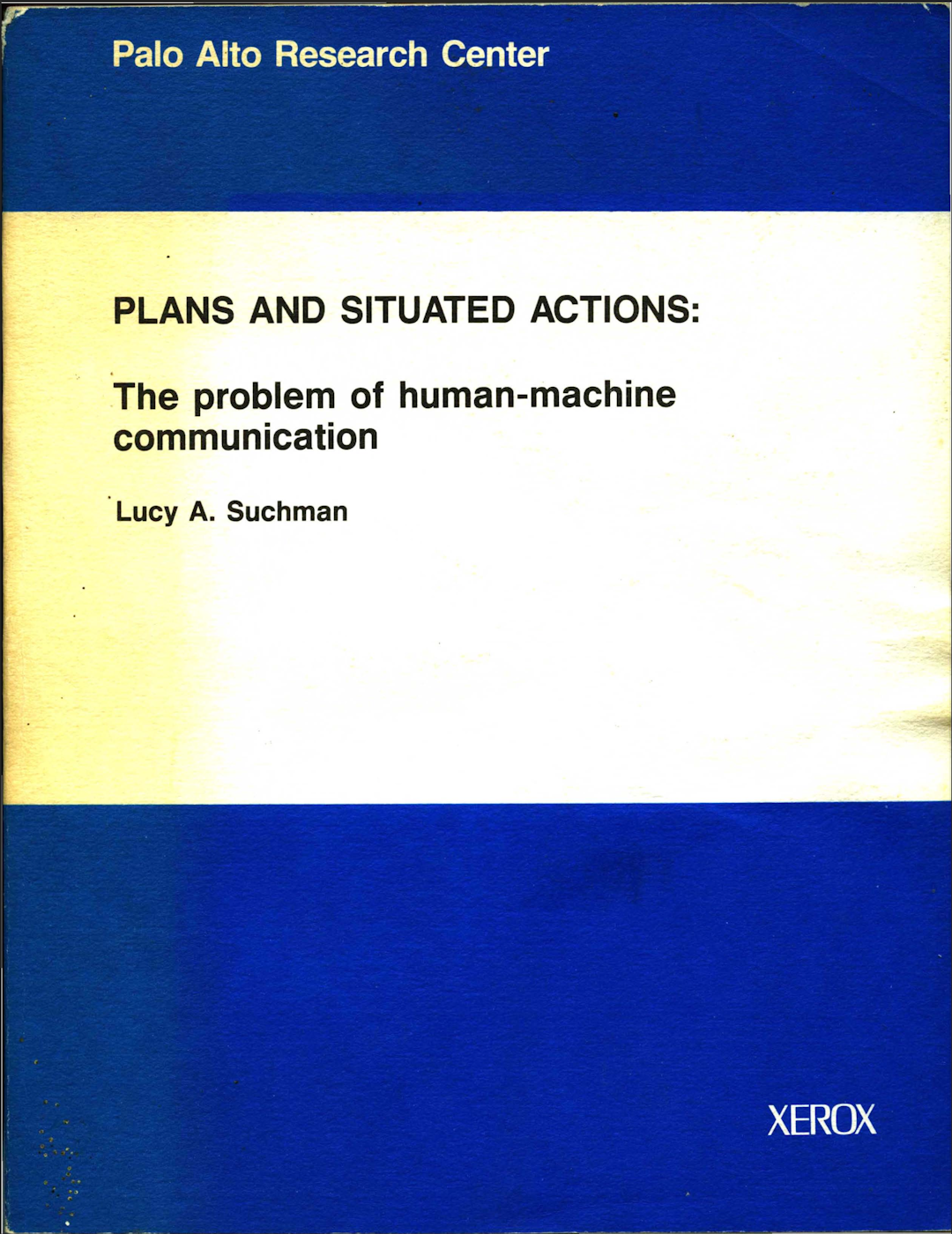
Evolution /
What Sparked the Rise of Participatory Design in HCI?
The 1990s marked a turning point as HCI began recognizing human-technology interactions as socio-technical phenomena. The emerging participatory design movement radically transformed perspectives - from viewing technology users as passive recipients to engaging them as vital design partners. Catalyzed by researchers like Douglas Schuler and Ann Bødker in CSCW (computer-supported cooperative work), participatory principles highlighted that those impacted by technology should also actively shape its course. The approach drew inspiration from the Scandinavian workplace democracy movement to give workers greater control over the tools and systems central to their jobs. As participatory design practices evolved, they brought rich emotional understanding of contexts and user needs to the forefront. The methodology appreciated the depth of lived experiences that people could contribute when included as design collaborators. This signaled an expanded, human-centric vision for developing technology that resonated with and empowered diverse stakeholders through empathy, dialogue and co-creation.
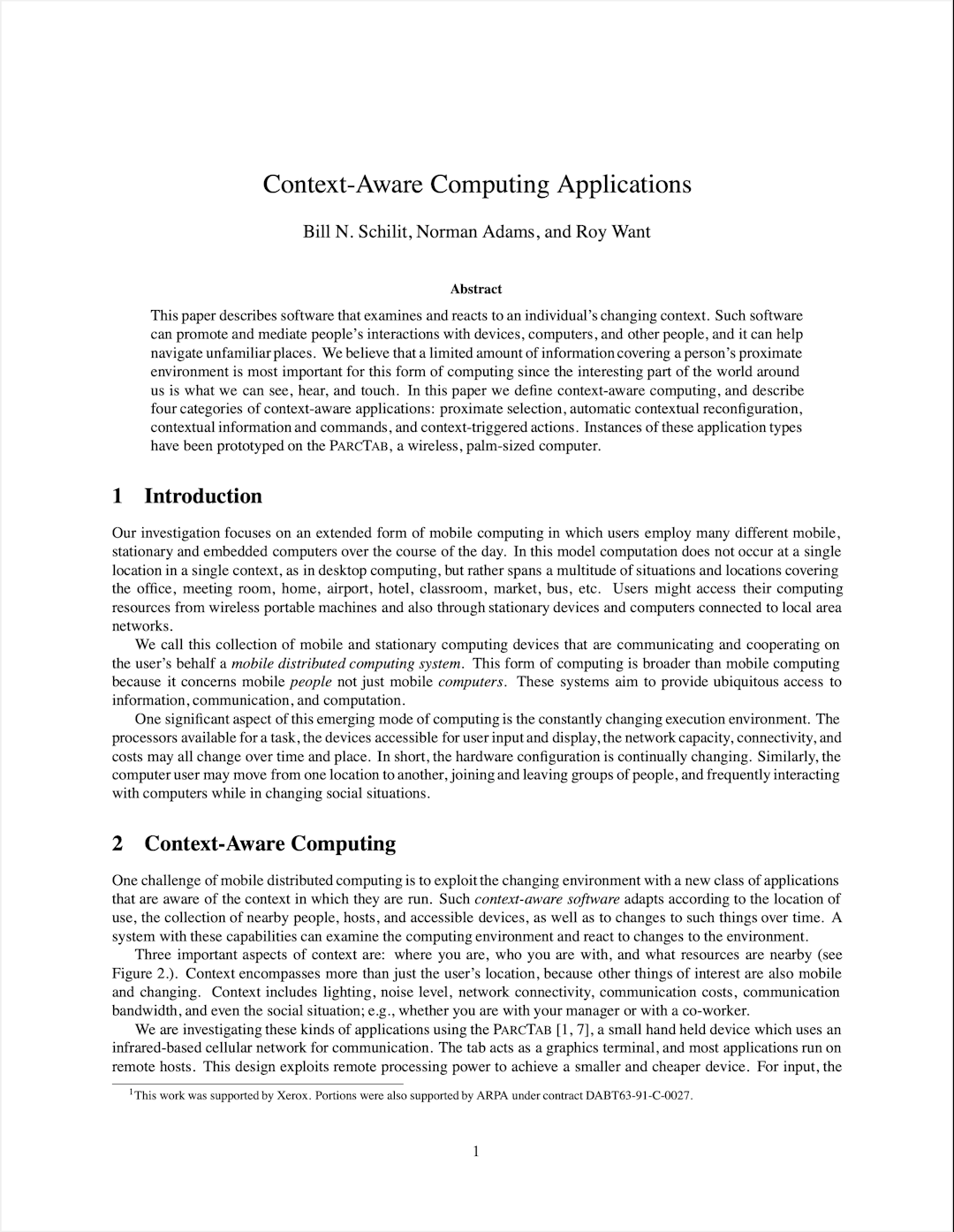

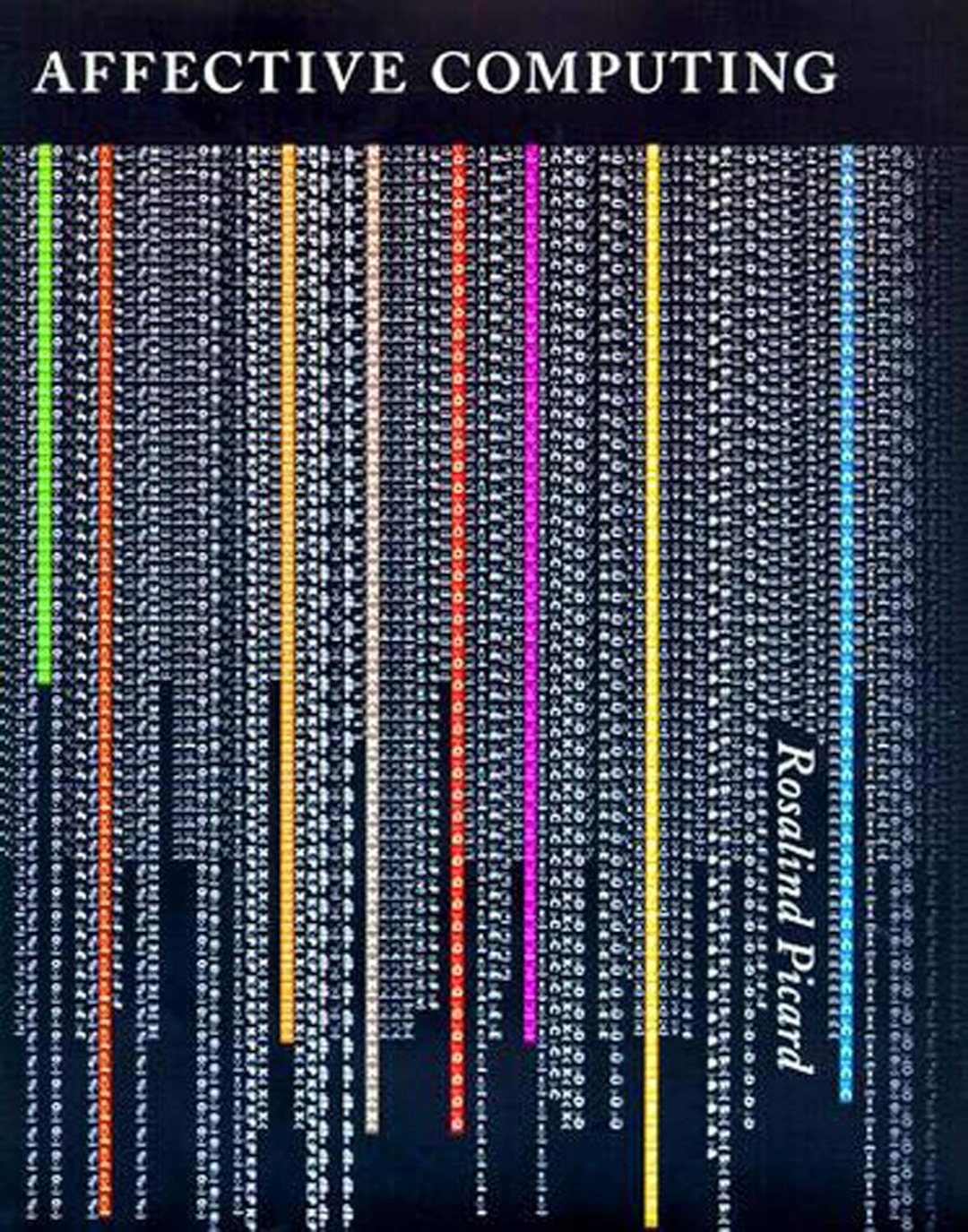
Evolution /
How Have Interaction Paradigms Evolved in HCI?
In HCI's early days, pioneers like Vannevar Bush and J.C.R. Licklider established a focus on optimizing human-machine collaboration by envisioning computers as amplifiers of human intellect. Bush conceived the Memex machine in 1945 as an augmenter of memory, while Licklider prescribed man-computer symbiosis in 1960. This era, spanning the 1960s and 1970s, involved quantifying human performance in system interaction through empirical studies and models examining behavior, decision-making and memory. Seminal figures like Stuart Card and Thomas Moran at Xerox PARC influenced generations by determining design principles based on response times and user frustration. Other pioneers include Douglas Engelbart, whose 1968 “Mother of All Demos” demonstrated revolutionary technologies like video conferencing, the mouse and hypertext decades ahead of their time. As personal computing spread through the 1980s and 1990s, the field vastly expanded. Emerging subfields like computer-supported collaborative learning explored new directions for empowering humans through technology design. As computing power and AI advance, the HCI lens remains essential for shaping how technology amplifies rather than replaces human capabilities.
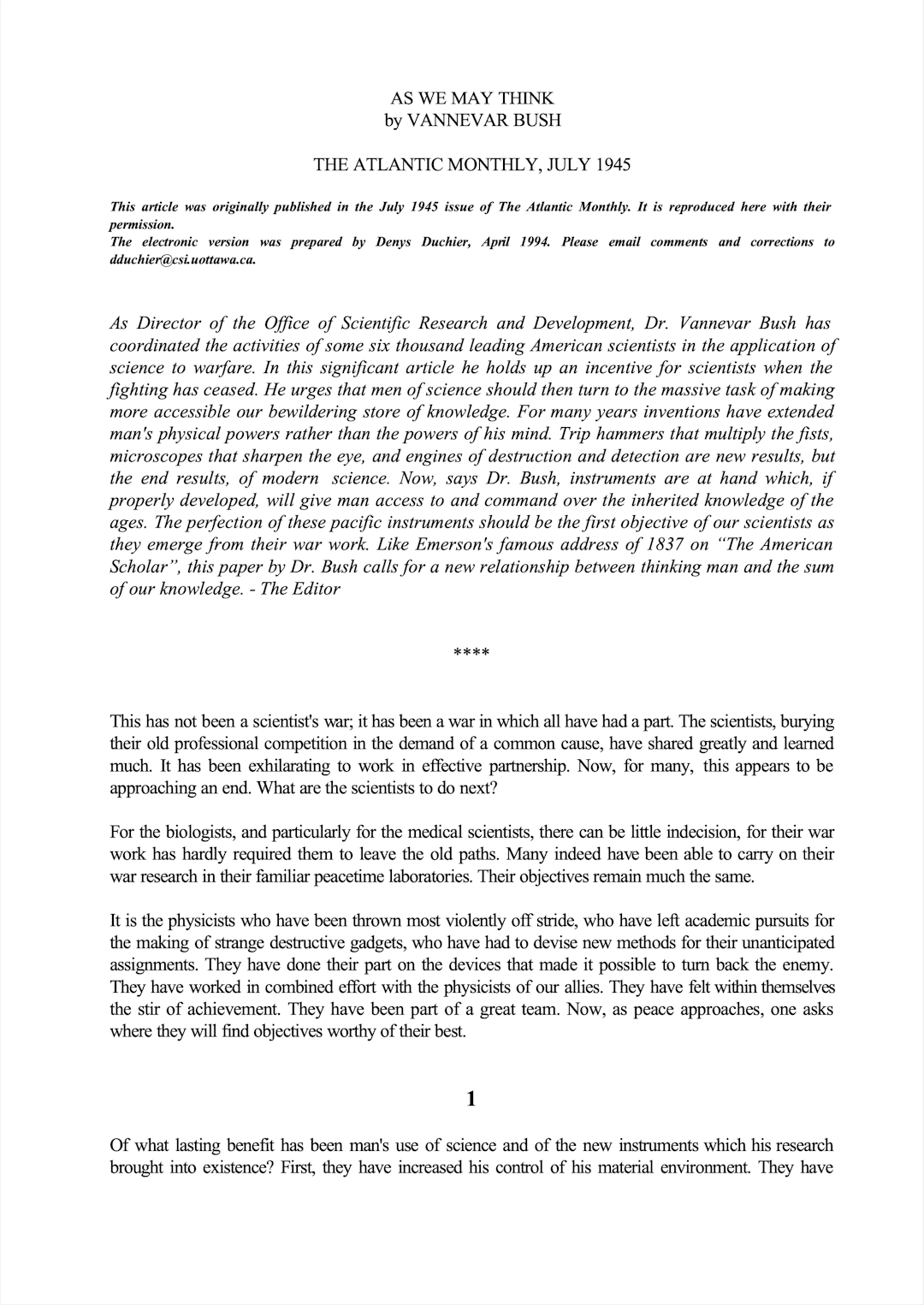
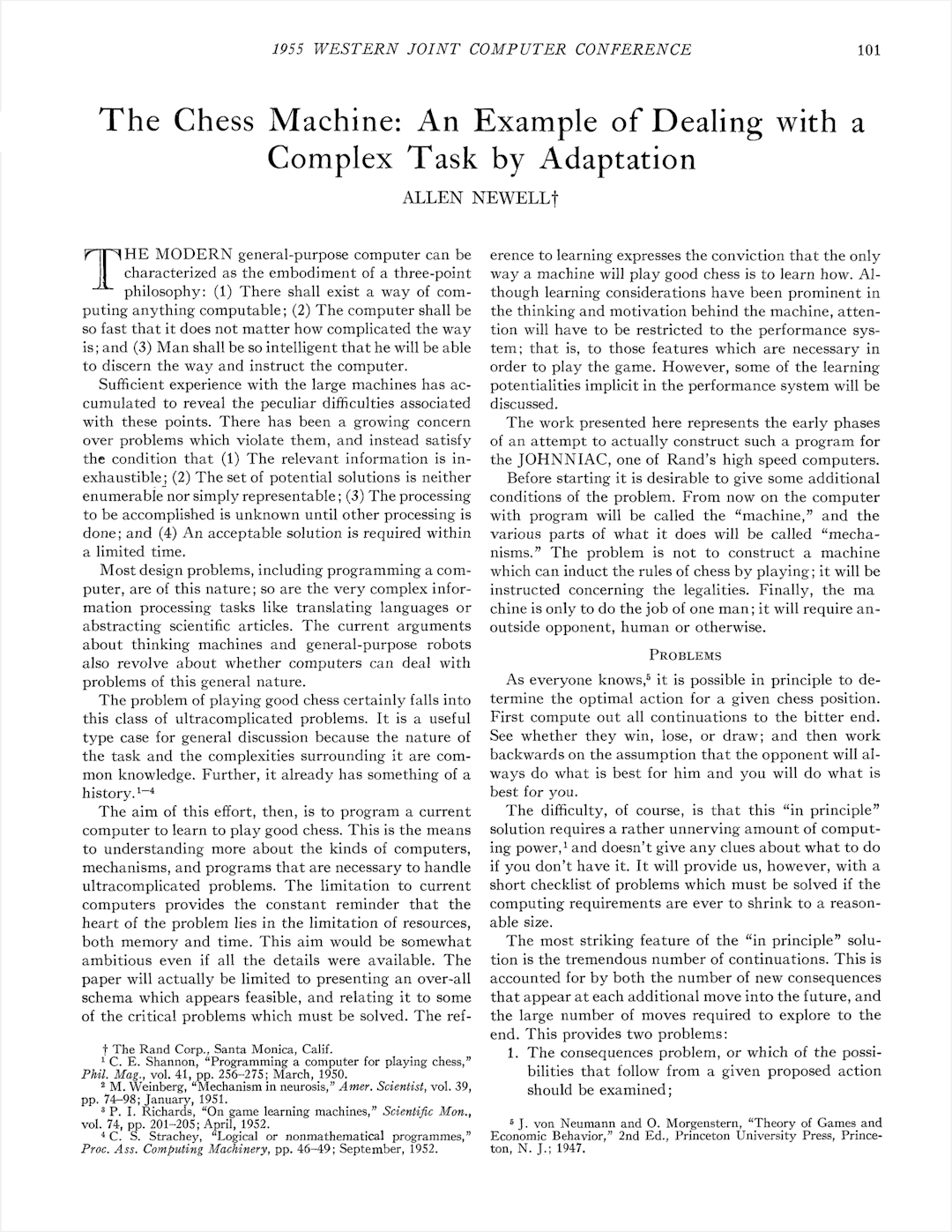
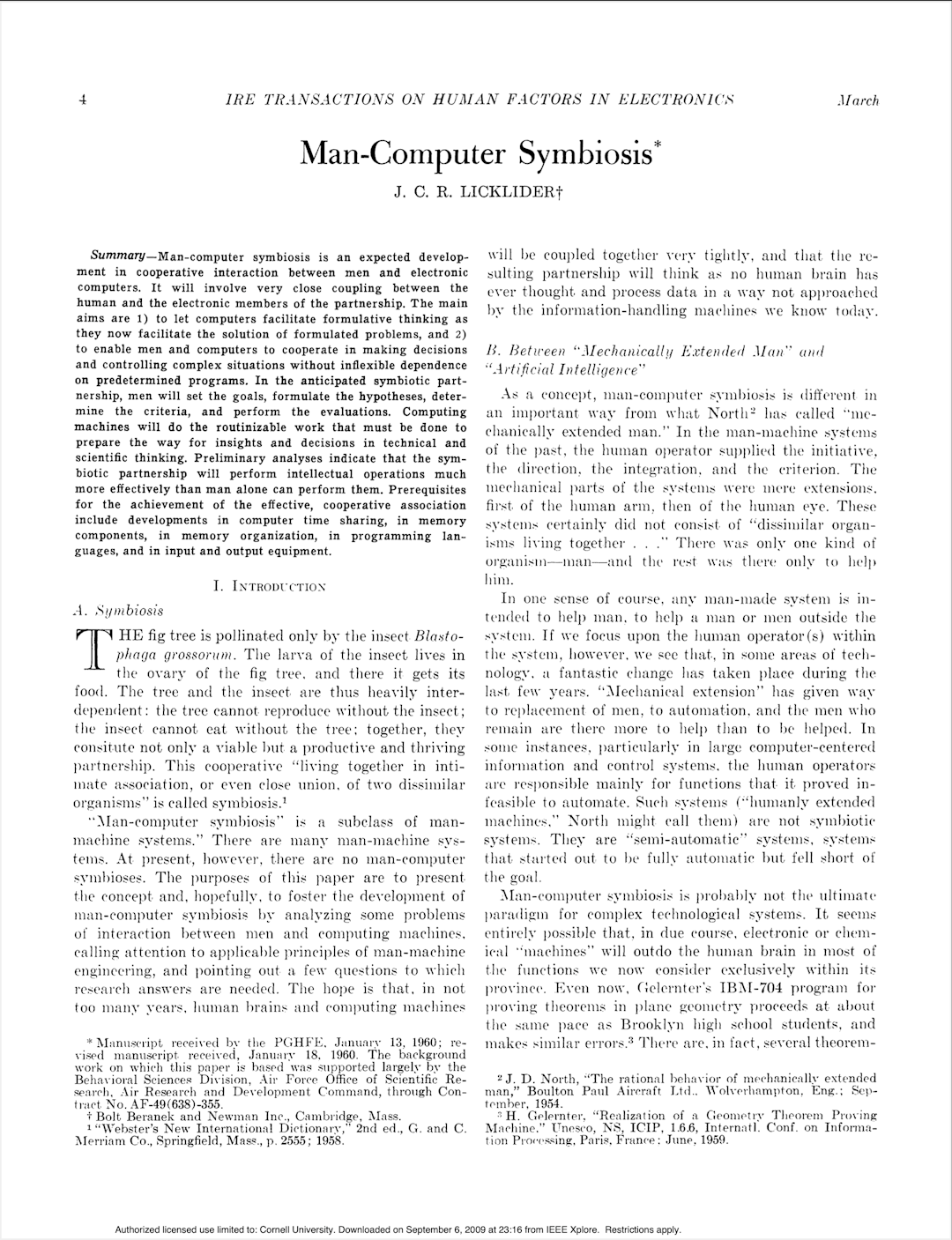
Evolution /
How Has Ubiquitous Computing Redefined HCI Interactions?
Entering the 21st century, HCI expanded beyond desktop computing into the emerging landscape of ubiquitous technology woven into everyday environments and activities. This era of “calm computing” posed new challenges to traditional GUI interaction paradigms optimized for office settings. Pioneered by researchers like Mark Weiser at Xerox PARC, ubiquitous computing prototypes experimented with alternative input modalities situated in real-world contexts, including early gesture recognition systems, speech interfaces, and Tangible Bits. These explorations acknowledged the richness and variability of human behavior and drove HCI toward more embodied and context-aware interactions. As mobile devices proliferated and sensing capabilities advanced, the boundaries of computing began to disappear into the fabric of physical spaces and task flows. Principles of calm technology guided subtle integration, with systems receding when not needed. This disappearing computer vision realized Weiser’s early hopes that ubiquitous computing could foreground human-human cooperation and interaction. Today, the permeability of digital and physical worlds continues to transform HCI focus toward embodied cognition, cooperating ensembles, AI-mediated collaboration, AR/VR immersion, and interaction modalities that better reflect the continuum of cognition spanning brain, body, and world. The post-desktop era propels HCI into an integrated science of experience.
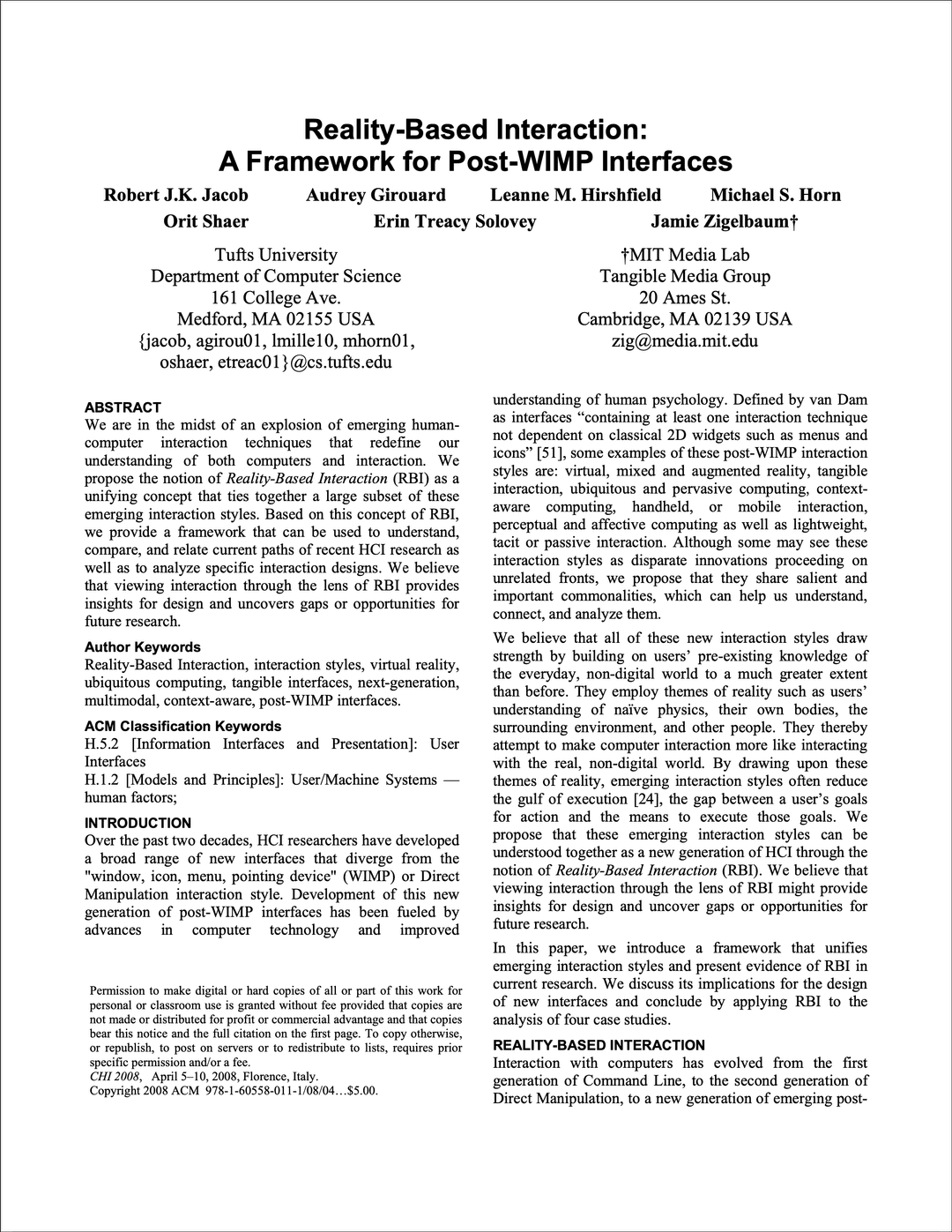


02 - Accessibility & Evaluations
Evaluation /
How Have HCI Evaluation Methods Transformed to Enhance UX?
The progression of HCI evaluation techniques over recent decades provides insight into the field’s growing intricacy and deepening comprehension of user experience (UX) qualities. In the 1980s, early discount evaluation methods like heuristic models and cognitive walkthroughs focused substantially on task completion, learnability and usability issues. But as the web and digital systems enabled advanced data collection, evaluation embraced more holistic UX understanding. Researchers like Effie Law began quantifying aesthetics, satisfaction and adoption that uncovered emotional and subjective facets of experience. The rise of “evaluating in the wild” leveraged log analysis and embedded assessment to understand complex longitudinal engagement. Evaluation’s expansion also crucially involved a participatory shift towards engaging users as co-creators instead of just subjects. Techniques like cooperative inquiry, cultural probes and data-enabled storytelling spotlighted new collaborative opportunities. Today HCI evaluation retains foundational metrics but synthesizes expansive views of experience shaped by subjective juxtapositions of usability, emotion, aesthetics, and meaning unfolding uniquely for each user. This ceaseless evolution of methodology continues progressing interaction science toward more profound and multidimensional insight into human technology relationships.


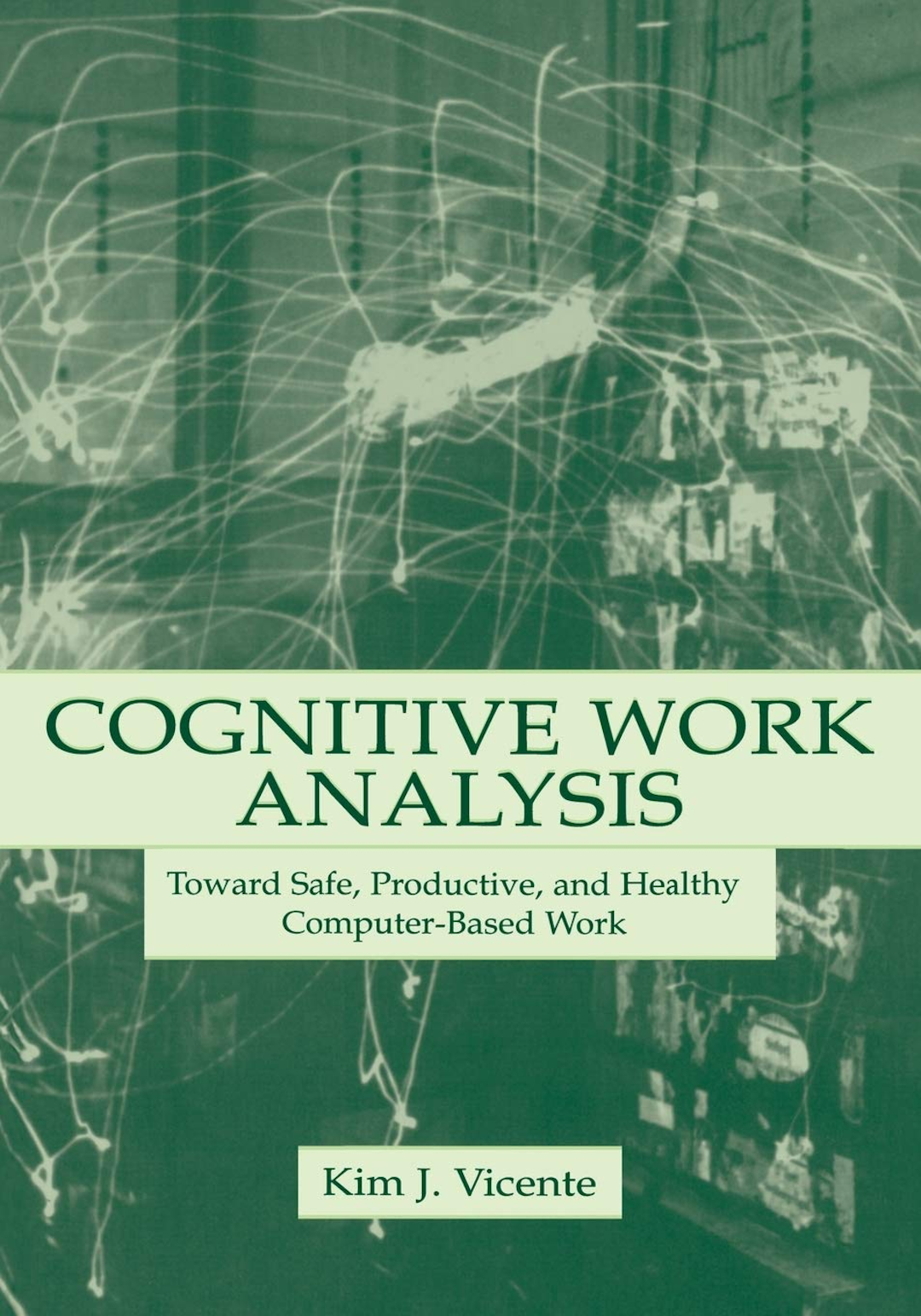
Evaluation /
How Is Universal Design Shaping Inclusive HCI Experiences?
The pursuit of universal design embodies HCI’s growing commitment to accessible and inclusive experiences for all. As researchers realized the “average” user is a myth, accounting for human diversity in abilities, cultures, and contexts became imperative. Catalyzed by advocates like Ronald Mace in architecture and Gregg Vanderheiden in tech, universal design principles gained traction in HCI through the 1990s. Guidelines emphasized equitable use, flexibility, simplicity, perceptibility, and tolerance for error to enable accessibility without specialized solutions. The emergence of ability-based design also championed more inclusive practices by foregrounding users’ capabilities instead of defined disabilities. Researchers like Jenny Waycott pioneered co-design methods embracing human variability as creative inspiration rather than a compromise. Today universal design reminds innovators that designing for one means designing for all. By championing accessibility as the rule not the exception, HCI brings empowerment and belonging within reach for more diverse people through technologies reflecting the full spectrum of user experiences.


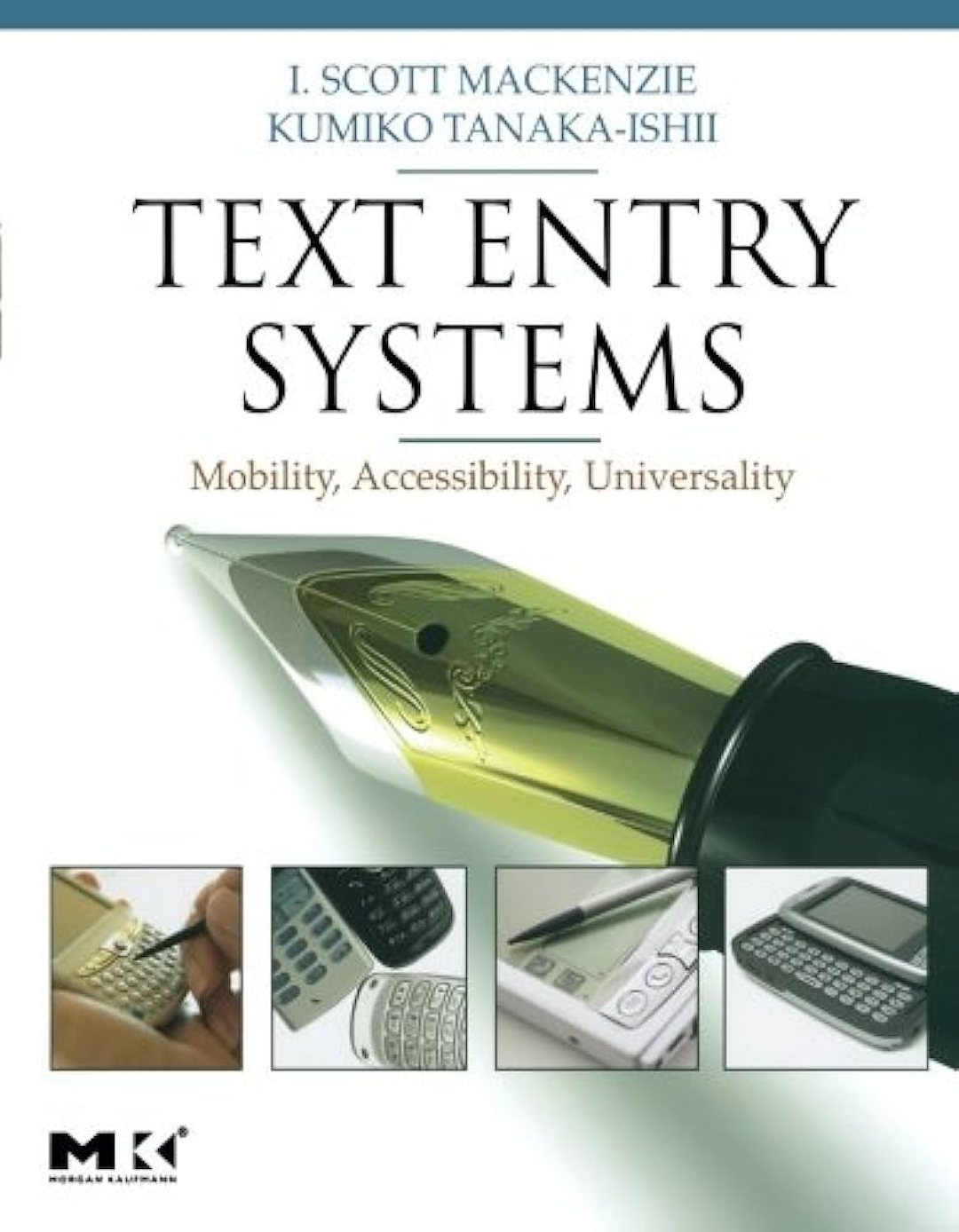
03 - Understanding Interaction
Interaction /
Is Context-Awareness the Key to Seamless Technology Integration?
The vision of context-aware computing promises technology that silently anticipates our needs without explicit direction. This idea of systems that understand situational context to adapt accordingly has driving increasing pursuit of seamless human-computer integration. Early pioneers like Mark Weiser foresaw context as critical for calm computing experiences that empower without obstructing. Researchers followed exploring context-sensitive concepts for decades, examining sensing capabilities and modeling techniques to unlock responsive environmental interfaces. The proliferation of mobile devices and IoT ecosystems have brought context-awareness closer to widespread viability. Machine learning now enables devices to interpret situational signals like location, time, activity, or social setting to predict relevance and needs on-the-fly. Contextually intelligent systems aim to grasp human intention and bridge the gaps separating digital and physical worlds. Today HCI leverages context-awareness in emerging interaction modalities like conversational interfaces, predictive notifications, specialized wearables, and spatial computing. By imbuing systems with perceptual skills to see context from a human perspective, the next era of calm, assistive computing hopes to fade technology into the fabric of living.
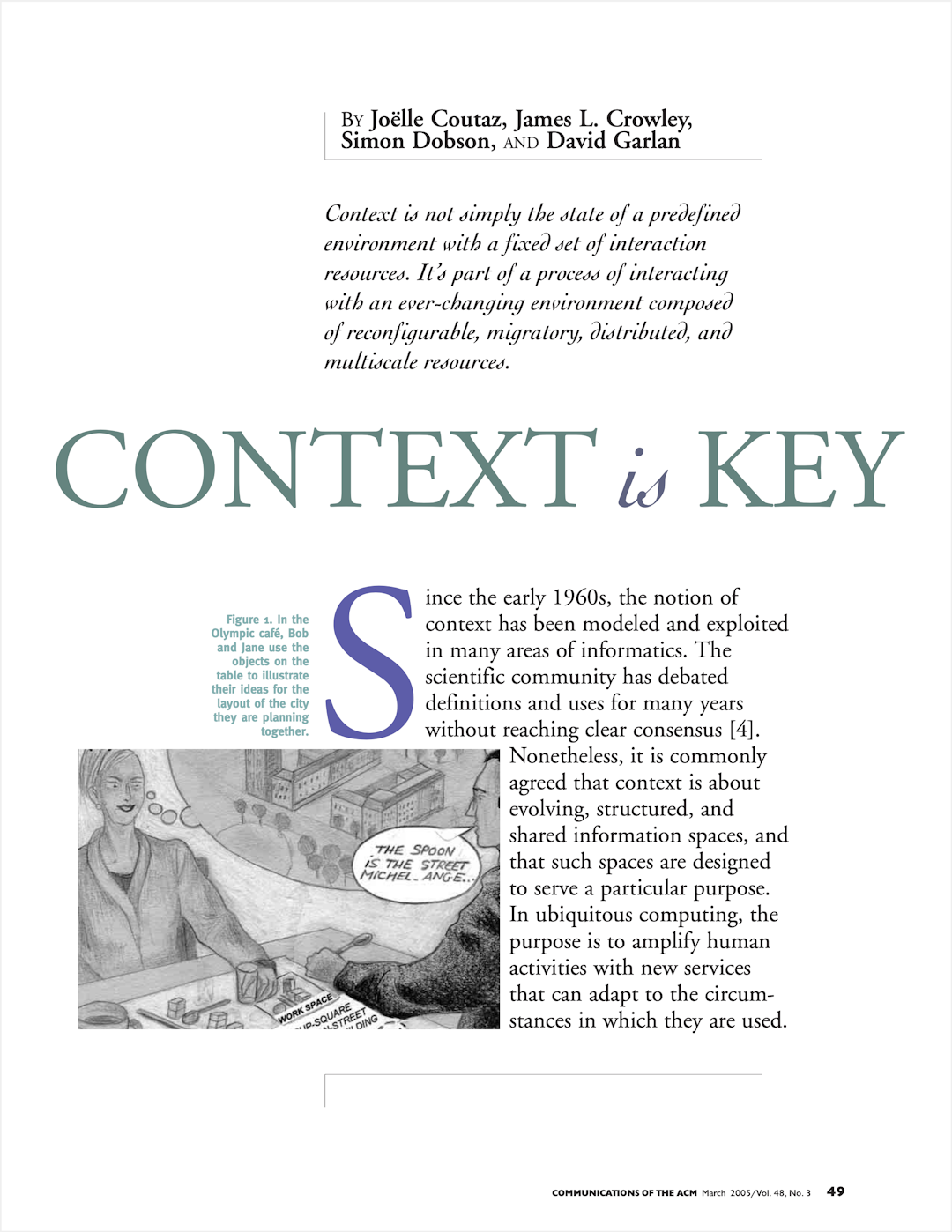
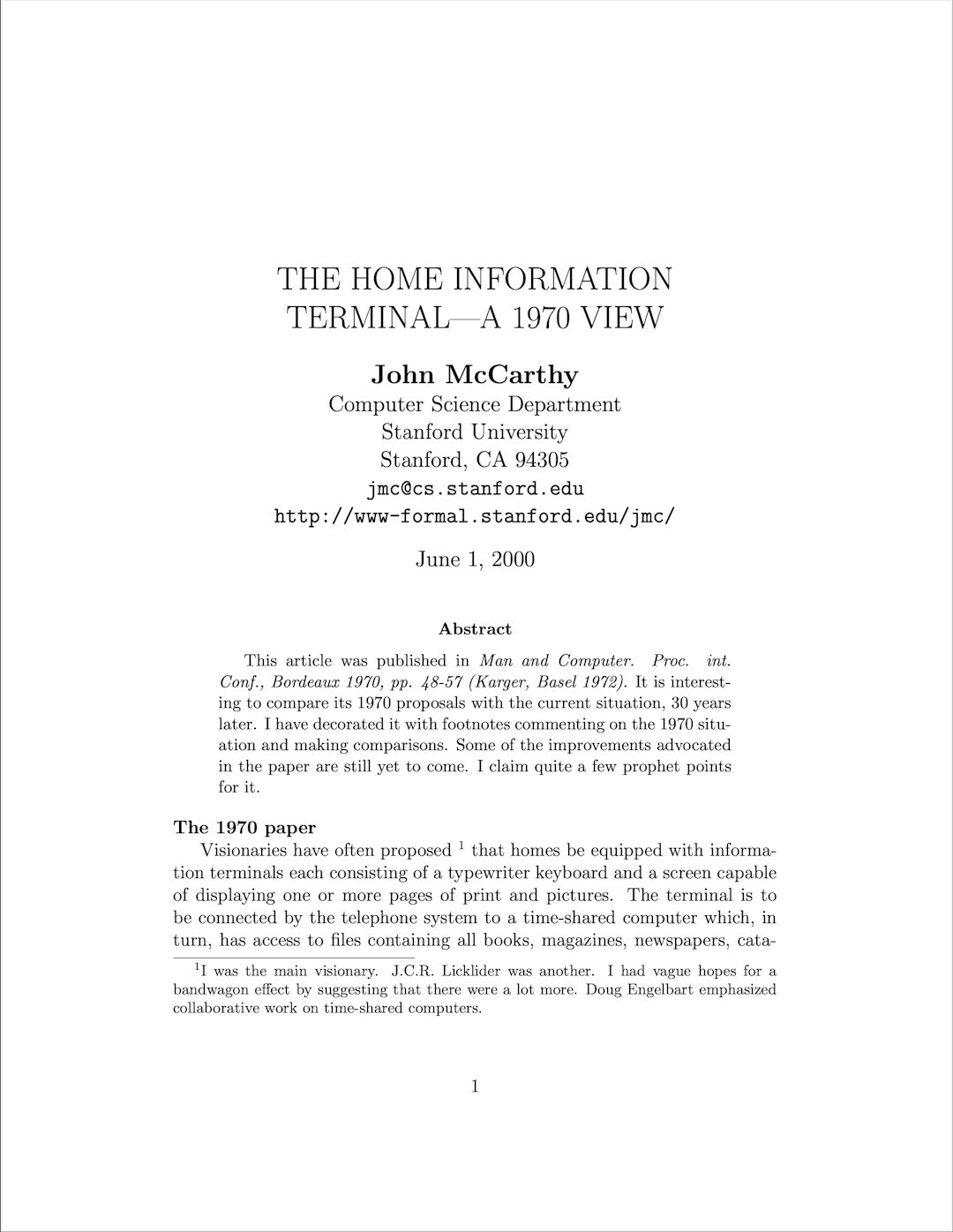
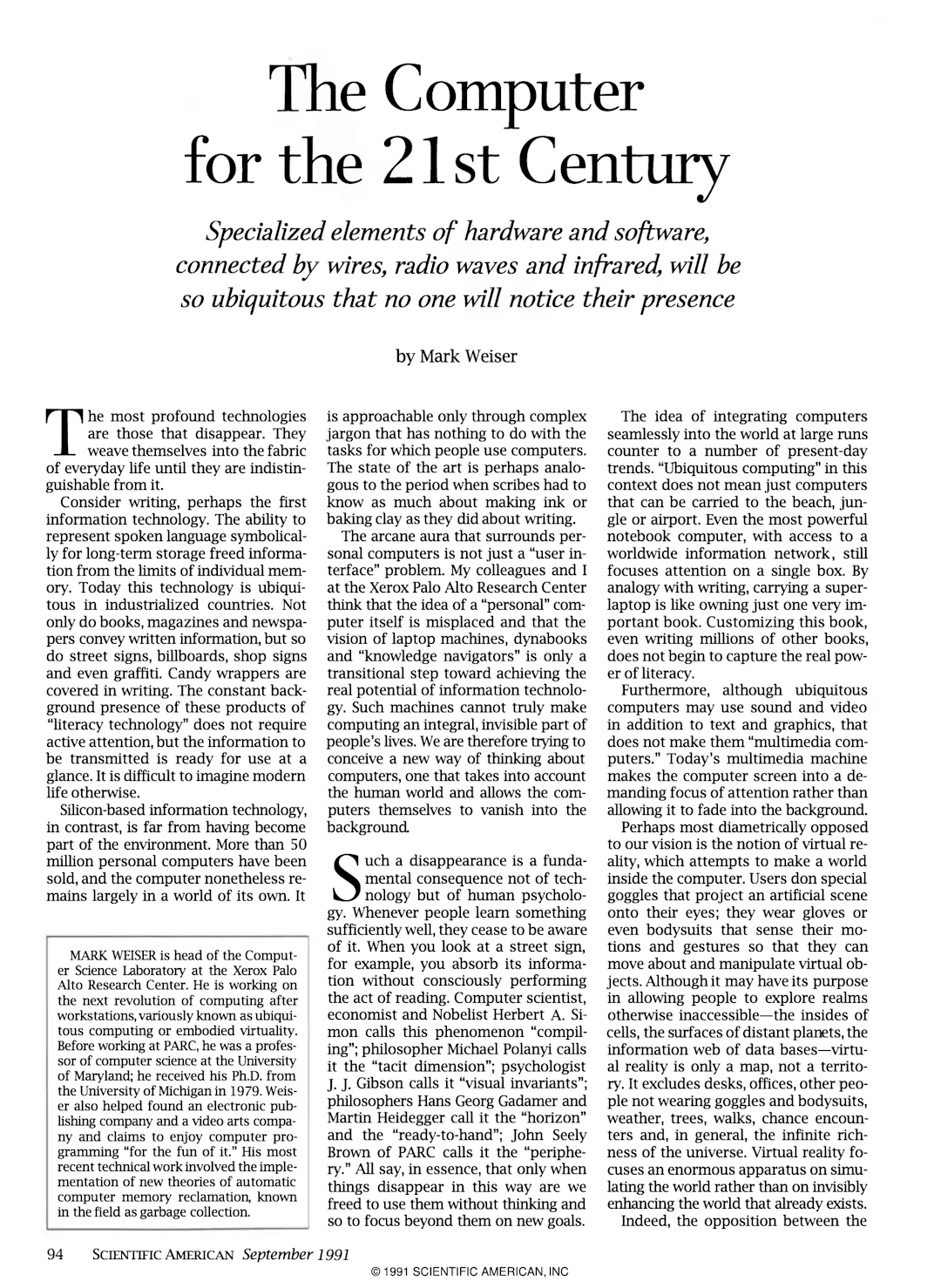
Interaction /
Can Emotional Design Create More Satisfying User Experiences?
Beyond mere functionality, user experience design now acknowledges that emotionally resonant and aesthetically pleasing interactions can profoundly impact people's relationship with technology. This "third wave" of HCI expands focus beyond cognitive ergonomics to explore how products make us feel. Catalyzed by Donald Norman's seminal book "Emotional Design," new principles guide designs to viscerally engage users across visceral, behavioral and reflective levels. Researchers like Pieter Desmet at TU Delft champion tools like the Product Emotion Measurement instrument to quantify emotional user responses. The lens of somaesthetics also underscores embodied perceptions of beauty and meaning during interactions. As interfaces increasingly permeate daily environments and activities, evoking positive emotional states grows critical for user well-being and adoption. Satisfaction stems not just from task completion but also connections shaped through identity, memories and storytelling. Thus designers today pursue delight and fluid interactions that feel natural, emotionally fulfilling, and beautiful in the eyes of each beholder. The user experience lives in balance with function.

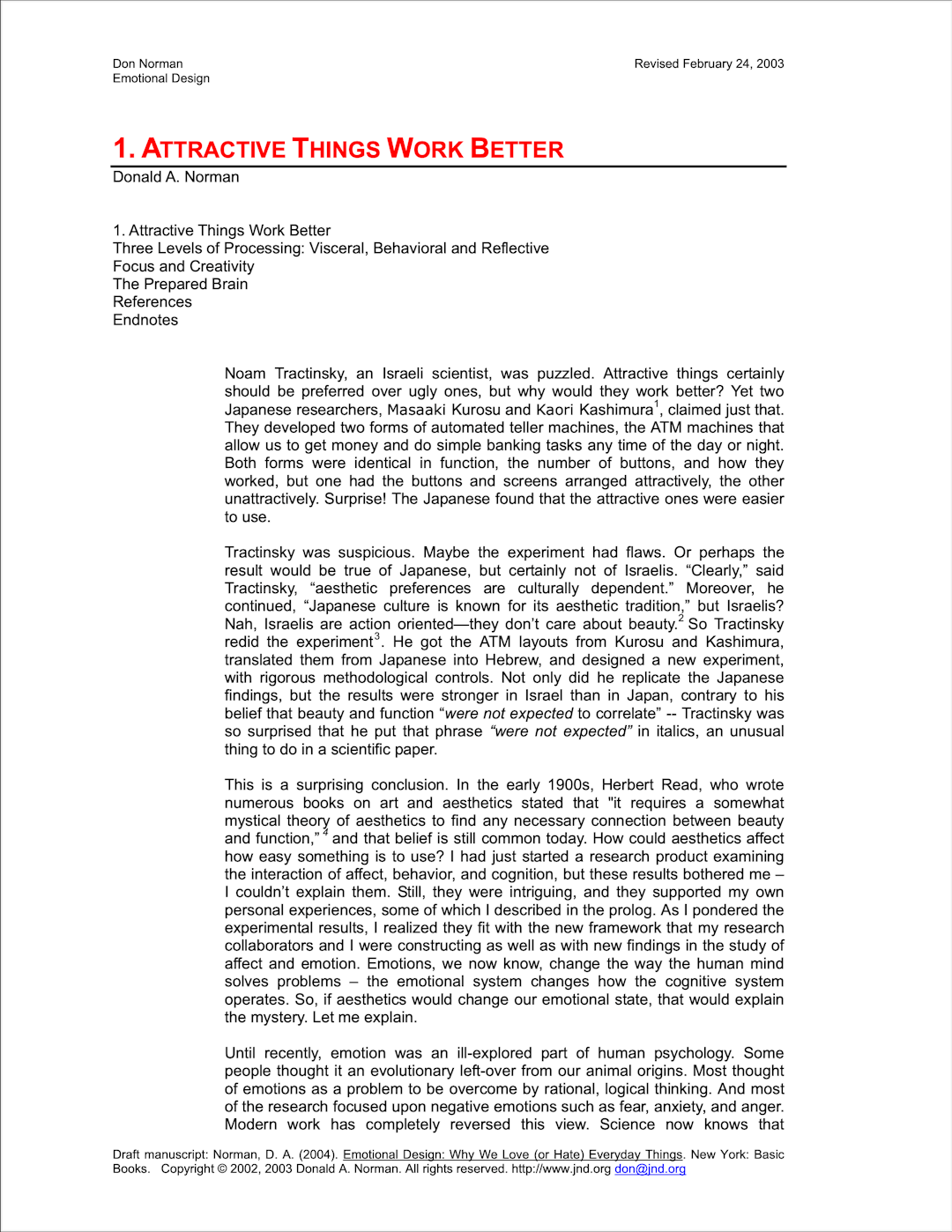

Interaction /
How Will Mixed Reality and Advanced Displays Reshape Our World?
The emergence of mixed reality and innovative display technologies promises to dismantle boundaries separating the digital and physical into seamless ubiquitous computing. The conceptual foundation was laid in the early 1990s when pioneers like Paul Milgram and Fumio Kishino framed a reality-virtuality continuum spanning completely real to completely virtual environments. In between emerged the idea of mixed reality (MR) blending both in fluid ratios of augmented virtuality and augmented reality. This framework set the stage for dynamic, contextually-aware interfaces situated across reality and cyberspace. VR (virtual reality) and AR (augmented reality) offered the first stepping stones toward commonplace mixed reality experiences. The rise of interaction modalities like touchscreens, natural gestures and spatial mapping unlocked more intuitive navigation of blended spaces. As technologies mature, MR aims to make interfaces disappear into the fabric of reality. Displays overlay graphics onto everyday physical items and environments, touchable interfaces allow direct manipulation of virtual content, and spatial audio completes multi-sensory immersion. The next era nears of ubiquitously integrated reality-virtuality, where computing melts invisibly into the foreground of life itself.
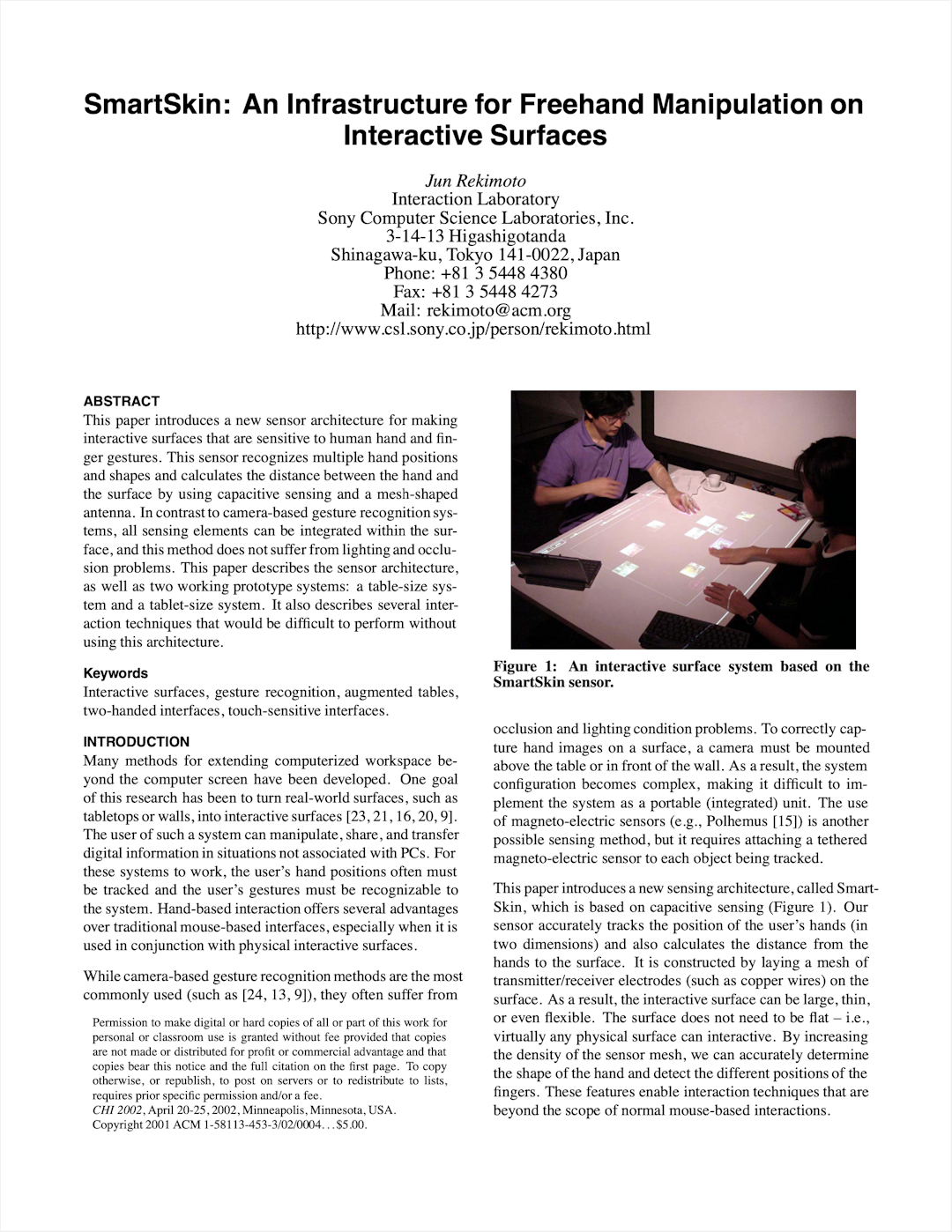

Interaction /
How Do Metaphors Shape Our Interaction with Technology?
Metaphors powerfully shape interactions between humans and technology by enabling understanding through familiar conceptual links. Early insights into metaphor's central role in language and cognition paved the way for user interface designs that leverage real-world imagery to build intuitive bridges to digital functionality. In 1980, pioneering researcher Eileen Schoenherr revealed how programming languages hindered learnability for lacking metaphorical reasoning that connects symbolic expression to tangible goals. This sparked explicit focus on metaphor as crucial translation tools for navigating complexity. As graphical user interfaces gained prominence in the 1990s, researchers like Jay Bolter and Donald Norman explored extensively how interface metaphors tapped into users’ pre-existing knowledge to streamline operation of computers modeled after real-world objects like files, folders and trash bins. These intuitive triggers supported natural mapping between physical reality and digital abstraction. Today, interface metaphors remain essential elements in user experience design. They enable people to quickly transfer understanding of everyday tools and tasks into interactive systems. The cognitive links shaped by effective metaphors determine whether technology feels frustratingly foreign or as comfortable as our favorite worn-in tool.
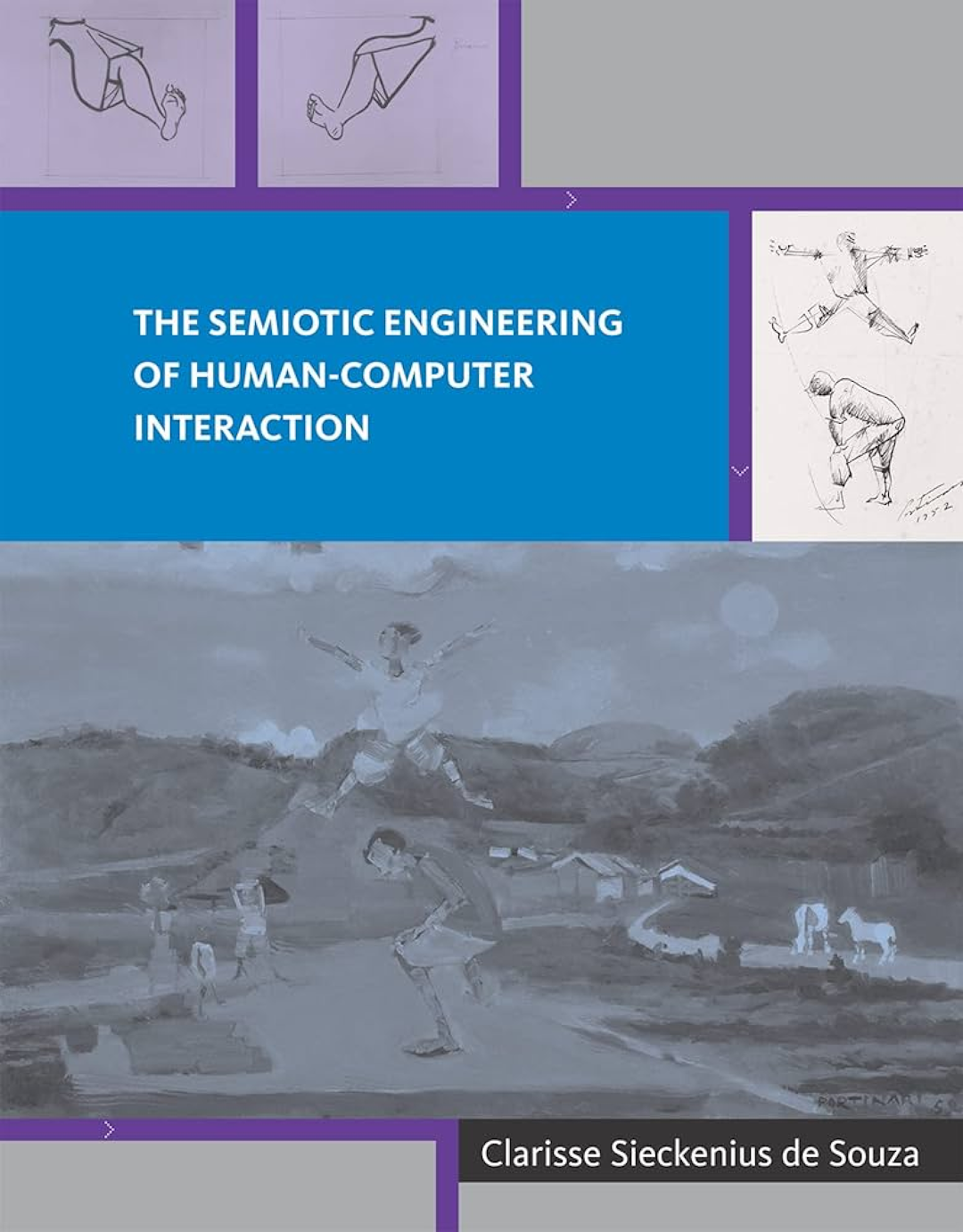


Interaction /
Will Tangible and Embodied Interaction Redefine Our Digital Experiences?
As the boundaries between digital and physical worlds intermingle, HCI has increasingly embraced tangible and embodied interaction paradigms that allow more natural, intuitive physical manipulation of virtual content. Pioneered in the 1990s by researchers like Hiroshi Ishii at the MIT Media Lab, tangible interfaces embed computational power into real-world artifacts and environments, linking the physical to the virtual. Early visions foresaw computation seamlessly integrated into the everyday - wood interfaces in living spaces, tokens for manipulating data, pinchable metal sheets for shaping models. Tangible prototypes provided proof of this dream of uniting the affordances of physical embodiment with digital dynamism through graspable objects and tangible representation. As enabling technologies like augmented reality, virtual reality, wearables and spatial computing advance, tangible interaction promises to fulfill these visions of dissolving divides between bits and atoms. By leveraging our innate dexterity, proprioception and spatial cognition nurtured through a lifetime of interacting with the tangible world, embodied digital experiences resonate more intuitively than staring at passive screens. The future invites us to reach out and touch information through a fluid interplay between hands, senses and cyberspace.



04 - Social Computing
Collaborative & Social Computing /
What Role Do Social Dynamics Play in Collaborative Computing?
The relationship between social behaviors and collaborative technology represents an intricate balancing act at the core of computer-supported cooperative work (CSCW). Since CSCW's beginnings in the 1980s, led by pioneers like Irene Grief and Paul Cashman, the field has diligently worked to unite technical systems with the complexity of human social connections. Early CSCW interfaces prominently focused on enhancing tasks, but soon found that elements like social awareness, communication richness, and group dynamics pivotally shape outcomes. Improving workspace awareness through audio/video and synchronous editing dramatically boosted collaboration. And because people innately treat computers socially, misaligned system feedback frustrates users. Today, CSCW continues navigating technical and social considerations through innovations like conversational interfaces, augmented workspaces, and VR collaboration platforms. But effective development still relies profoundly on accommodating the intricacies of interpersonal group processes. By designing interfaces transferring social signals, creativity flourishes. This ongoing socio-technical balancing act remains vital for unlocking technology's full potential to augment collective human capabilities.
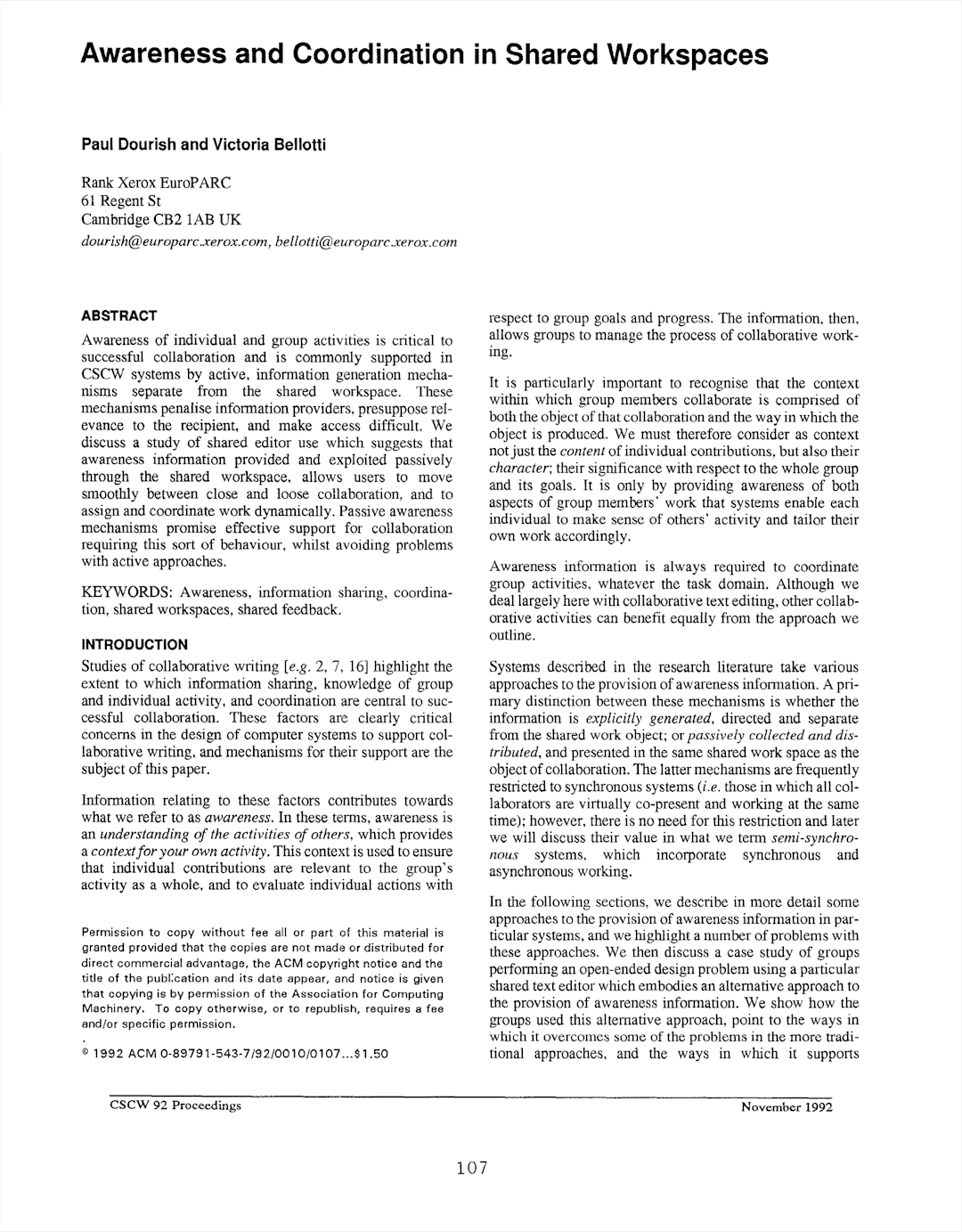
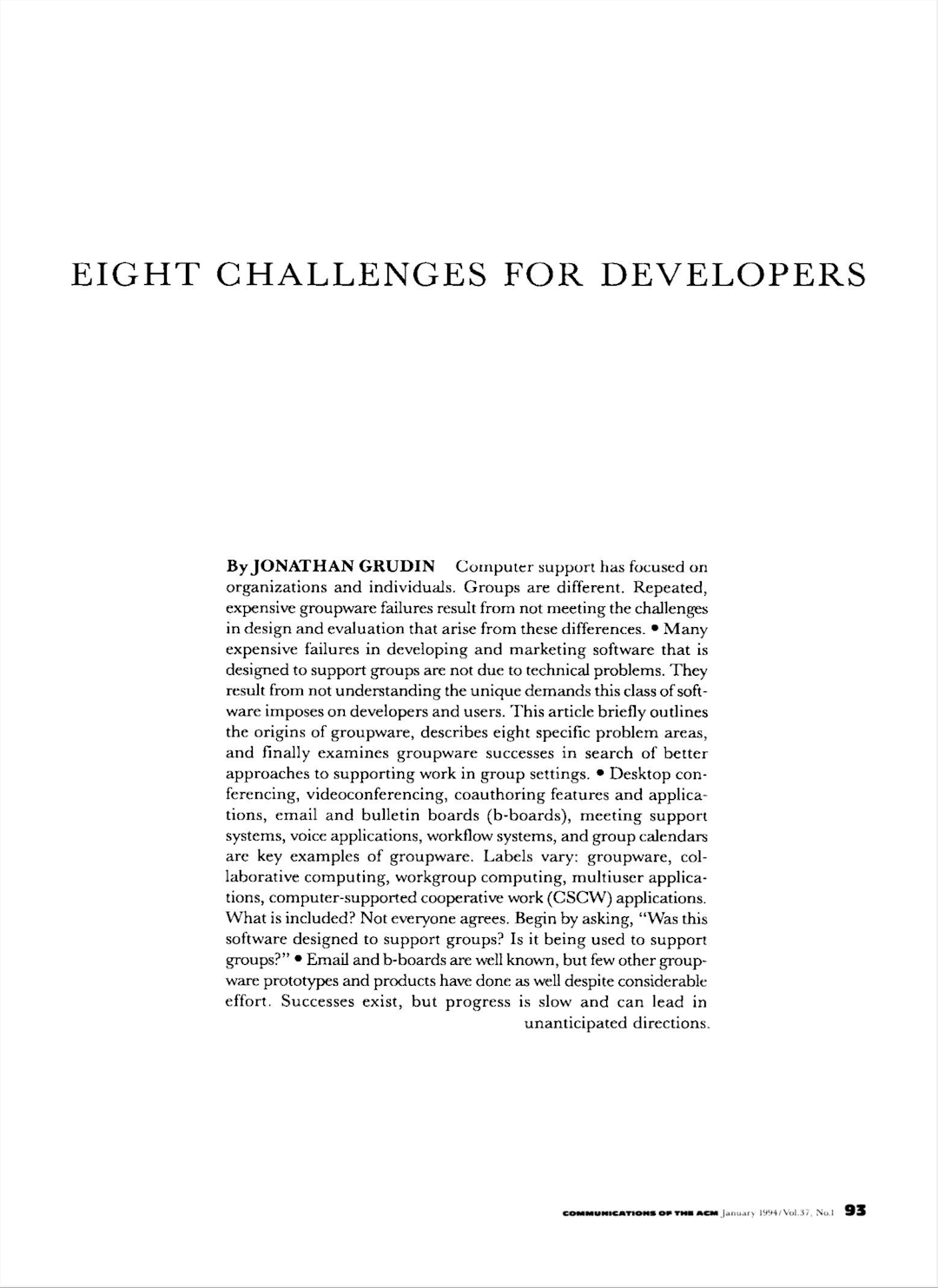
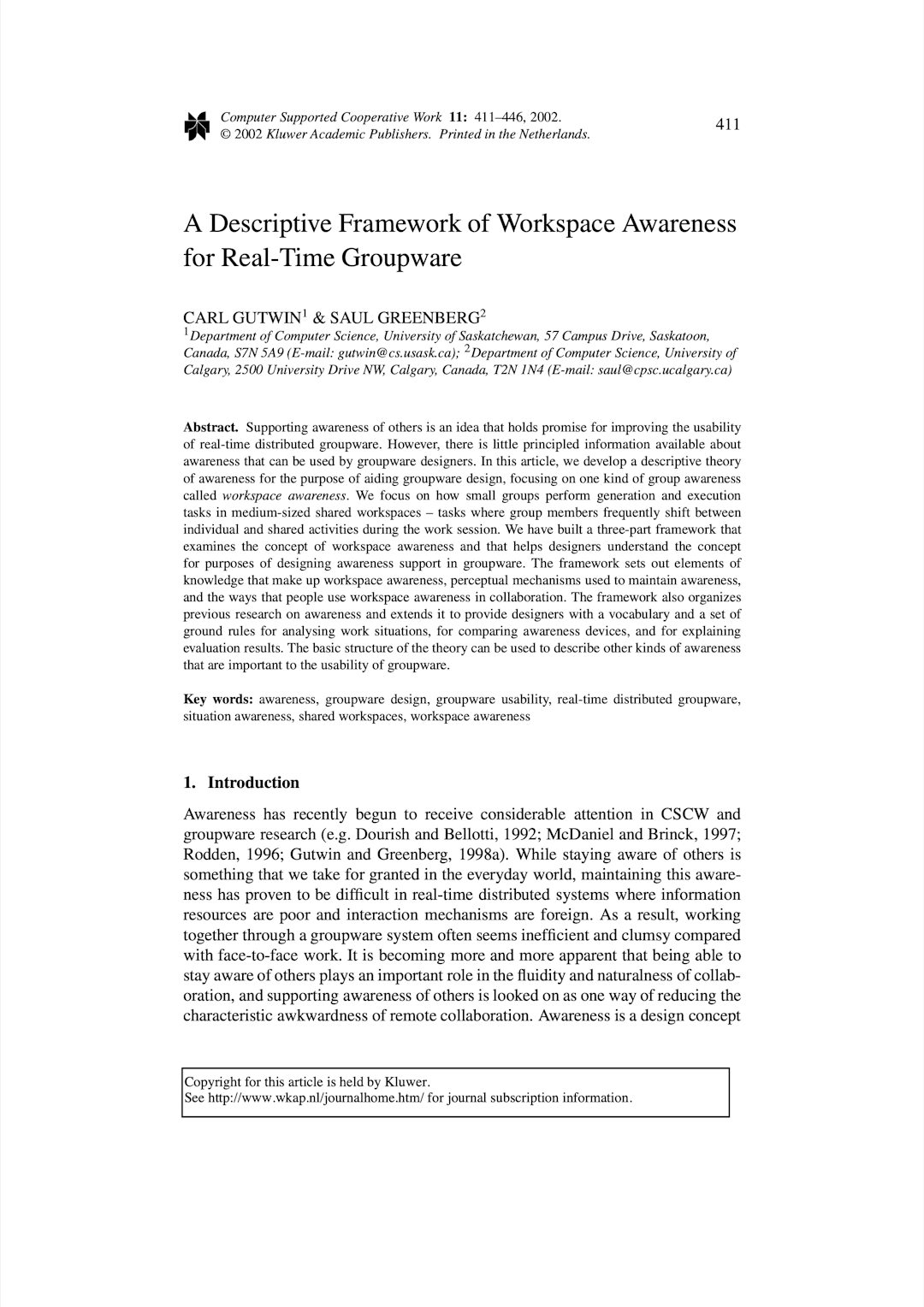
05 - Human-AI Collaboration
Human-AI Systems /
How Is Human-AI Collaboration Shaping Our World?
The integration of artificial intelligence into professional and personal domains represents an evolving landscape of collaboration between humans and machines. Early optimism focused primarily on augmenting human capabilities, but real-world deployment reveals multilayered complexities. Pioneering researchers such as Ed Hutchins explored distributed cognition in the early 90s, studying AI systems as extensions of human knowledge rather than standalone tools. His theoretical frameworks sparked new waves of human-centered AI research. By the late 2010s, rapid advances in machine learning drove increased autonomy and influence for AI. However, as sociologist Zeynep Tufekci observed, lack of transparency around data-driven systems undermined public trust. AI thought leaders like Joanna Bryson began stressing human oversight and explanation as mandatory counterbalances to growth. Today, HCI practitioners continue navigating tensions between harnessing AI capabilities and maintaining human control. From enhancing personalized education to refining conversational interfaces, integrating intelligence assistance requires meticulous alignment of model capabilities with user needs and values. This delicate collaboration remains an iterative process of calibration. The ideal equilibrium between humans and AI yields relationships where machine analytical skills mesh fluidly with human judgment to produce cohesive, constructive partnerships across multiple facets of life.
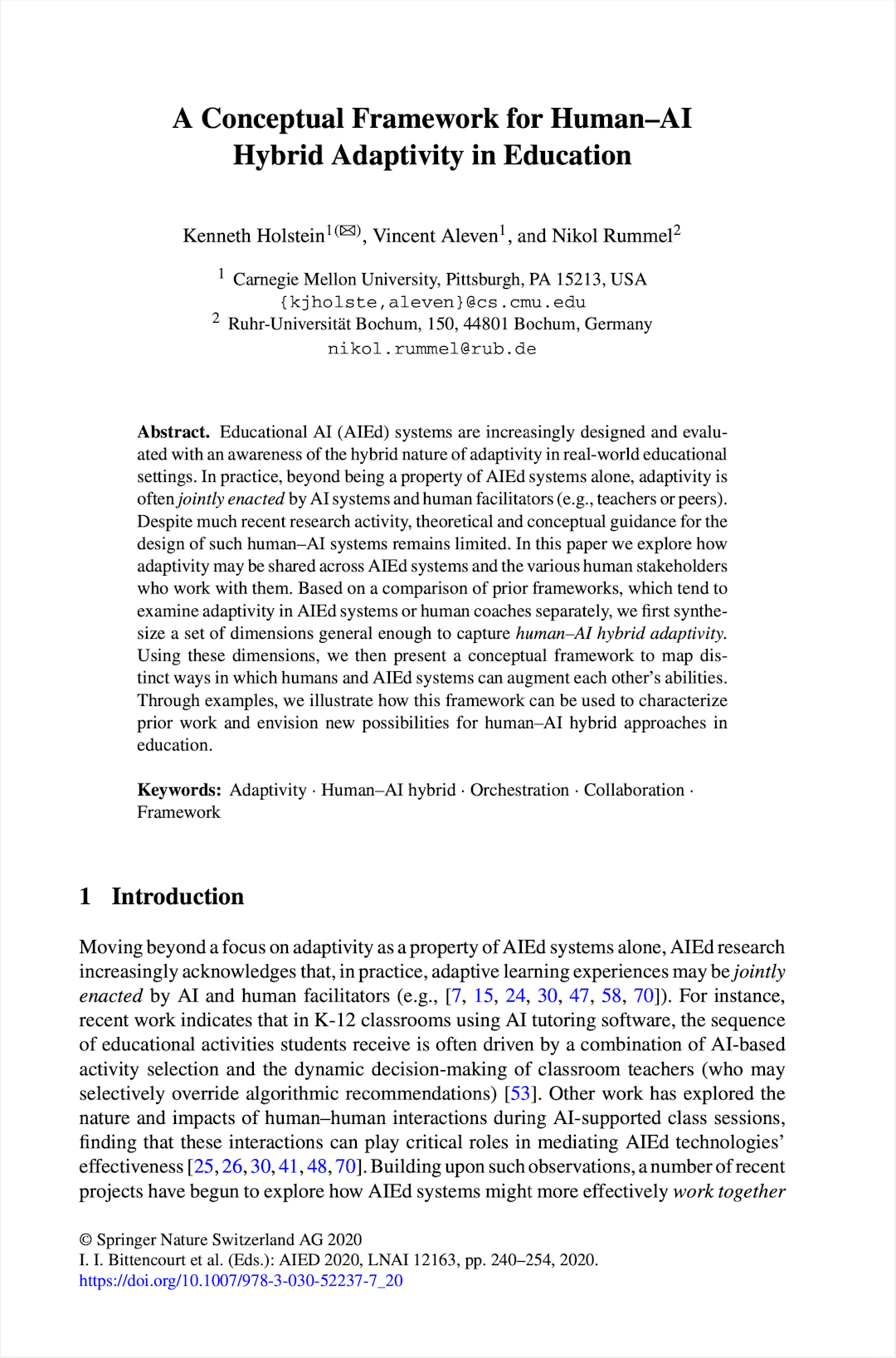
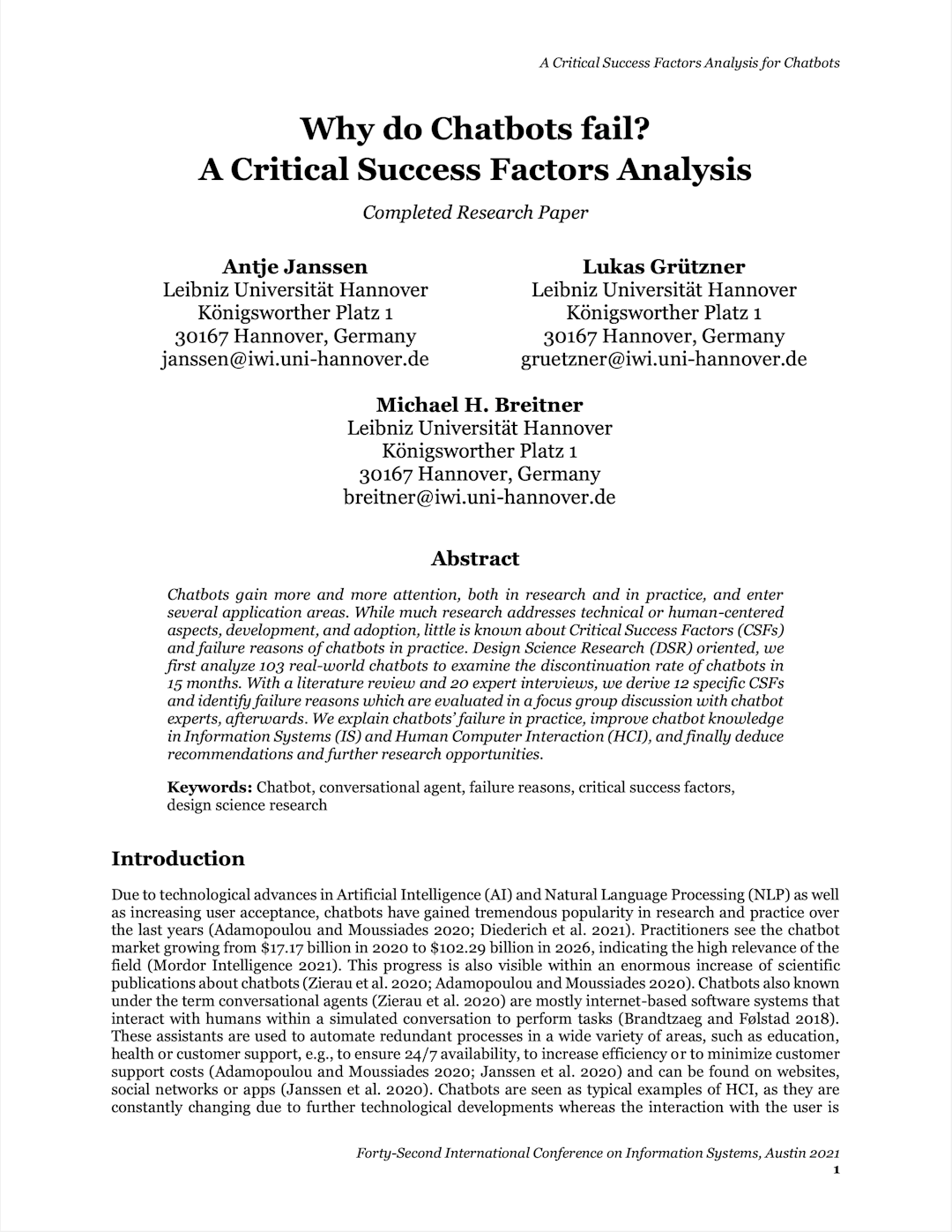

Human-AI Systems /
What Constitutes a Harmonious Human-AI Interaction?
The prospect of constructive collaboration between humans and artificial intelligence represents an exciting frontier in human-computer interaction. Pioneering researcher Cliff Nass illuminated the interpersonal dynamic with technology, showing computers as social actors rather than neutral tools. His influential work highlighted the multilayered relationship between automation and human oversight. Empowered by rapid advances in machine learning, today's AI integrations now provide dynamic assistance rather than fixed input. However, effective integration depends on maintaining balance between user autonomy and machine influence. In 2017, scholar Saleema Amershi coined the term "intelligence assistance" to describe AI as enhancing rather than replacing human judgment, focusing on transparency and mutual understanding. Successful human-AI collaboration relies on thoughtful interface design that builds user trust in complex systems. As automated partners gain more responsibility, researchers like Joanna Bryson emphasize that explanation becomes essential. AI pioneer Andrew Ng advocates developing AI to augment people via "superpowers" rather than replacement, ensuring human values stay central. This emerging era poses exciting challenges for HCI experts – we must progress beyond building functionality alone to crafting empowering user experiences. By balancing controls and customization with smart recommendations, the human-computer relationship can evolve into interacting with assistive partners. When cultivated in harmony, a symbiotic intelligence emerges where the strengths of both humans and machines can shine.

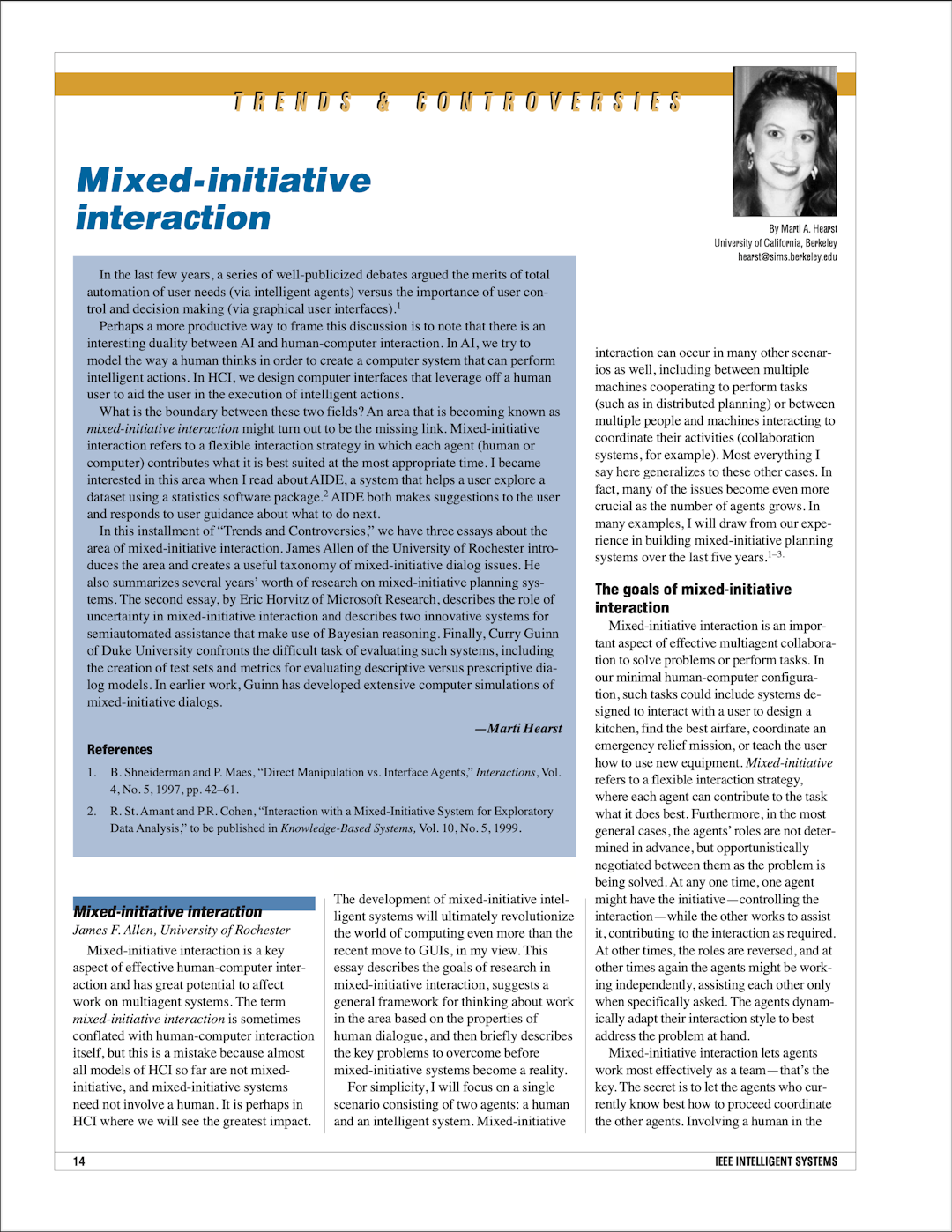
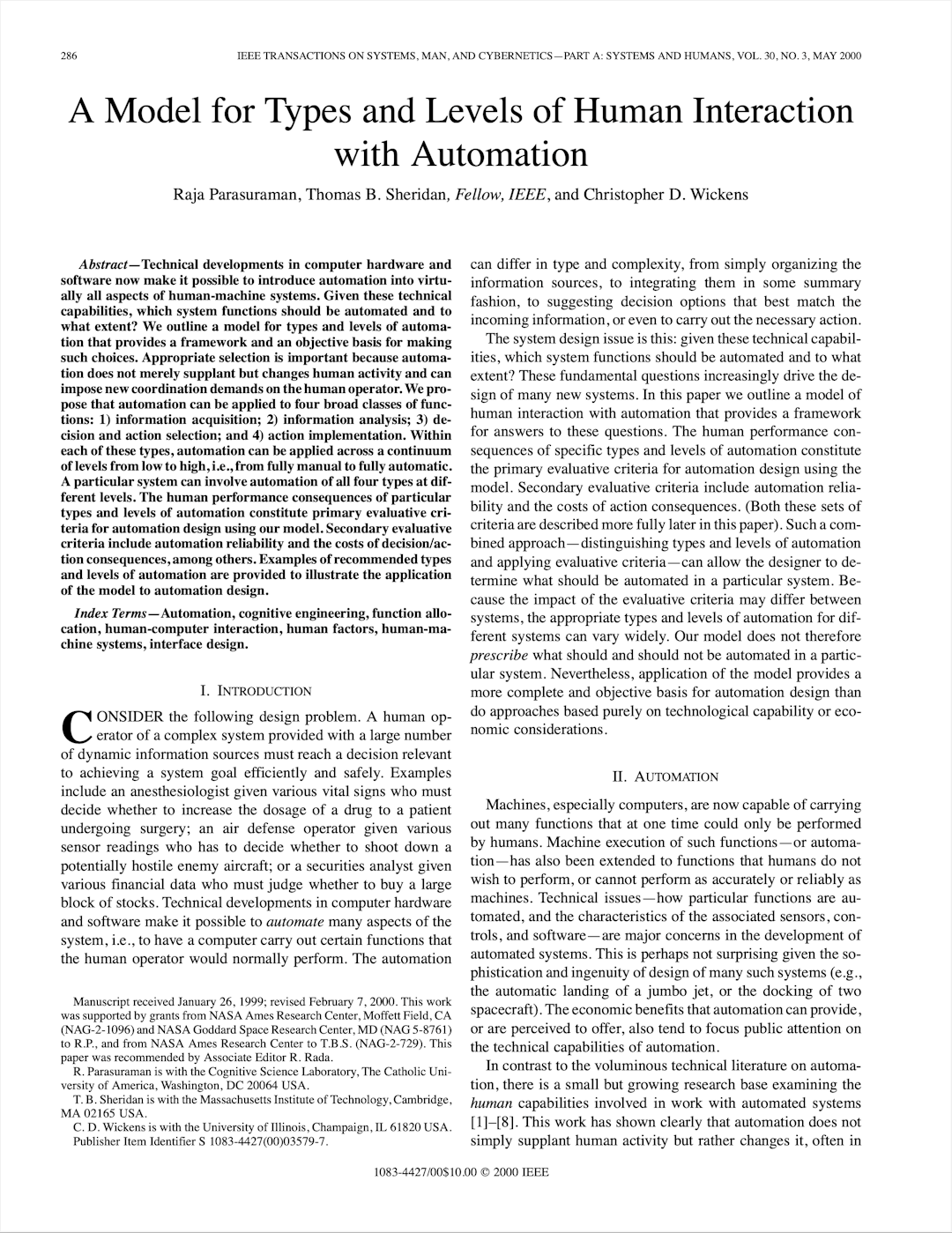
Human-AI Systems /
How Is AI Shaping Human-Computer Interaction?
The integration of artificial intelligence into interactive technologies represents a seismic shift in human-computer collaboration. Pioneering thinkers like Brenda Laurel recognized this disruptive potential decades ago, contemplating “computers as theatre” where machine cognition simulates human conversation. By the 2010s, exponential improvements in machine learning drove prolific adoption of AI assistants, social bots and related technologies. However, researchers like Sherry Turkle warned these autonomous systems risk deceiving people if not designed transparently. Today, AI plays an increasingly prominent role in interaction design - powering predictive recommendations, natural language processing and ambient personalization among other capabilities. This prompts novel questions around aligning intelligent interfaces with human values and ethics. HCI practitioners strive to develop symbiotic partnerships where AI enhances rather than replaces human strengths. The ideal integration of emerging machine cognition with individual human judgment remains an ongoing exploration. But pioneering research provides guiding principles - from preserving user control to allowing override of automated decisions. With thoughtful co-design, AI and HCI can evolve in complementary ways where intelligent systems empower people and respond insightfully to meet diverse needs.

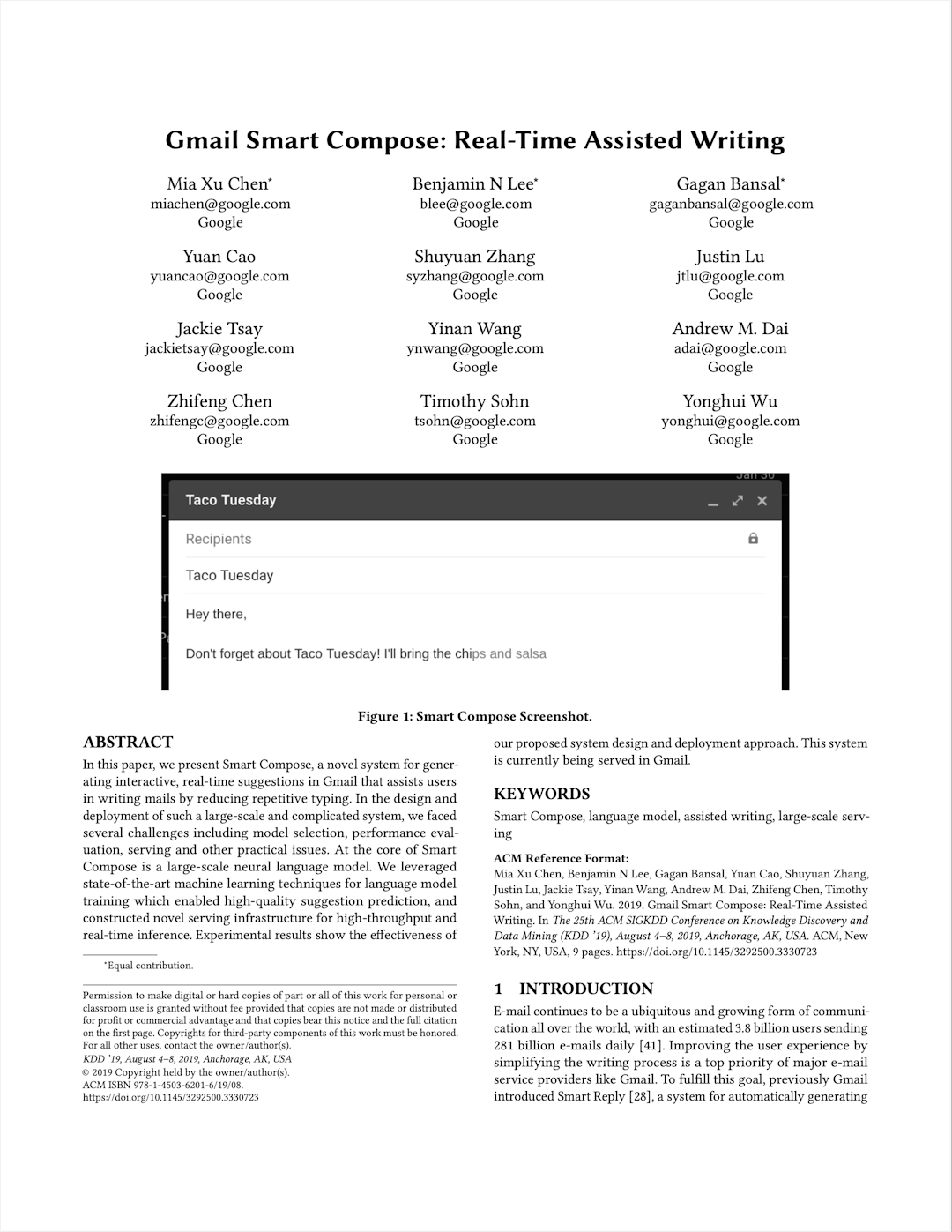

06 - HCI Futures
Speculative & Ethical Perspectives /
What Will the Future of HCI Look Like?
Emerging technologies open up exciting possibilities for how our lives might positively change in the coming decades. Back in the 1990s, pioneering researcher Mark Weiser envisioned a future where technologies would integrate seamlessly into our everyday environments to assist us - what he called "ubiquitous computing." This vision of quiet, helpful computing in the background laid important groundwork for the ecosystems of smart devices we use today. As digital capabilities become more embedded in our surroundings and autonomous, researchers like Steve Mann explore how technology might progressively blend with our identity and sense of self. These radical ideas suggest a shift may be ahead in how closely intertwined humans and computers could become. Envisioning future human-computer relationships requires thoughtfully considering wider social impacts. Responsible innovation frameworks encourage designers to align technological possibilities with social good. Some researchers propose design approaches that embed ethical perspectives into the creative process itself, rather than just evaluating the final output. By speculating on emerging trends like artificial intelligence, augmented reality, and brain-computing interfaces, we get glimpses of how technology might transform lifestyles ahead. Most crucially, this future-gaze mobilizes technology designers to intentionally shape supportive partnerships between people and smart machines still in development. With care and wisdom, we can craft technological advances that enrich our shared humanity.
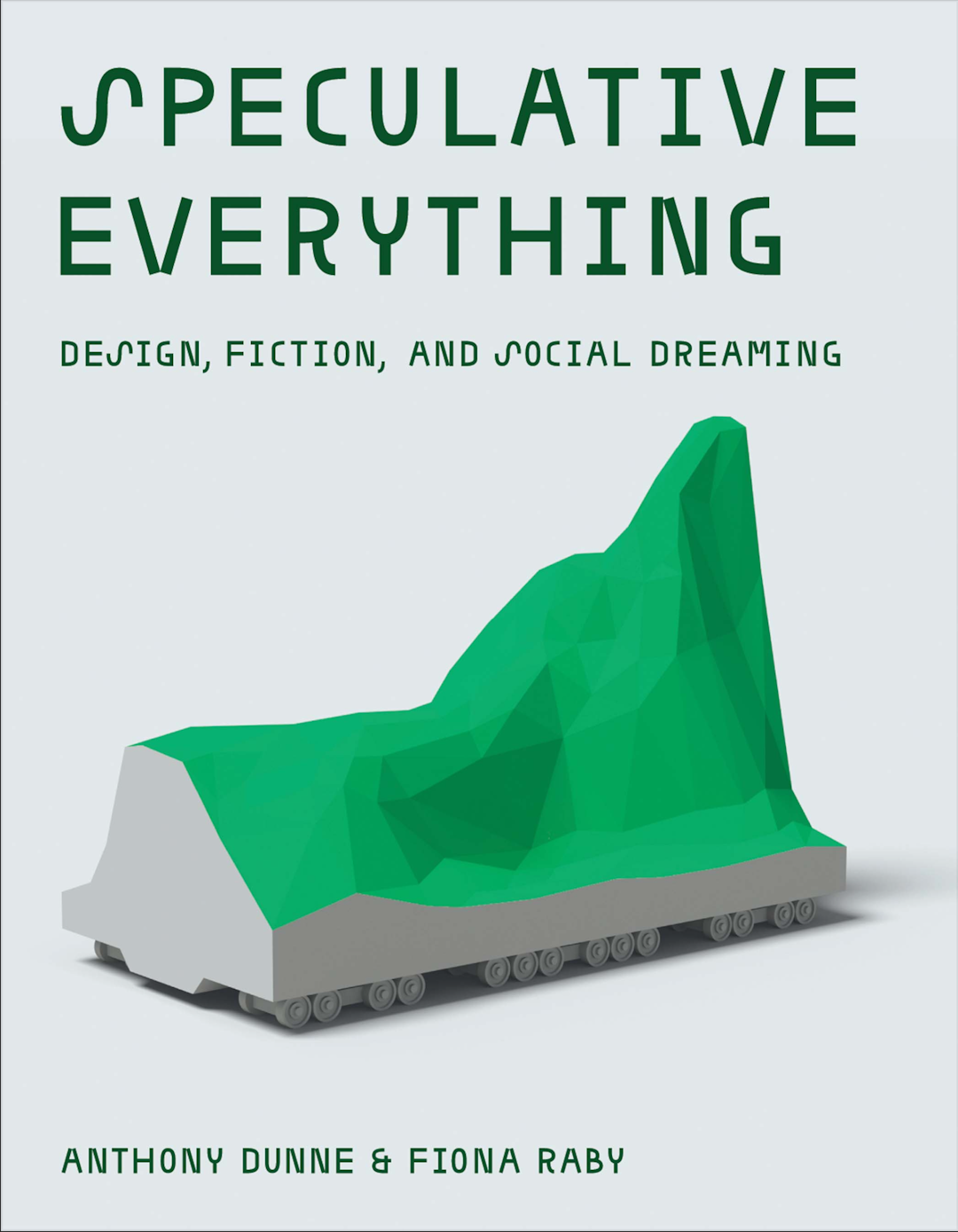


Speculative & Ethical Perspectives /
How Do We Navigate the Moral Landscape of Emerging Technologies?
As digital technologies increasingly influence civic life, the field of human-computer interaction (HCI) has rightly focused more on ethical responsibility and wise governance. Whereas HCI was once centered on models of cognition and usability testing, practitioner perspectives now thoughtfully address wider issues of social justice, economic equity and political liberty. Back in the 1990s, forward-thinking scholar Helen Nissenbaum raised concerns about early online networks bypassing norms of privacy and consent. This foreshadowed today's AI-driven landscape challenging existing ethical frameworks. Current scholars like Jack Balkin debate how to ground basic rights constitutionally in a digital era. Researchers like Ruha Benjamin examine how embedded biases can perpetuate injustice through automated systems. This expanded moral conscience calls technologists to approach innovation through a compassionate lens encompassing community values and the greater good. HCI researchers have responded with structural models like Value Sensitive Design that embed ethical deliberation throughout the process, not just assessing end products. As HCI continues to expand in scope and influence, sustaining human progress greatly relies on a commitment to the just, equitable and liberating possibilities of emerging technologies still in development. With ethical governance and moral leadership, technology futures can be shaped to uplift our shared humanity.
